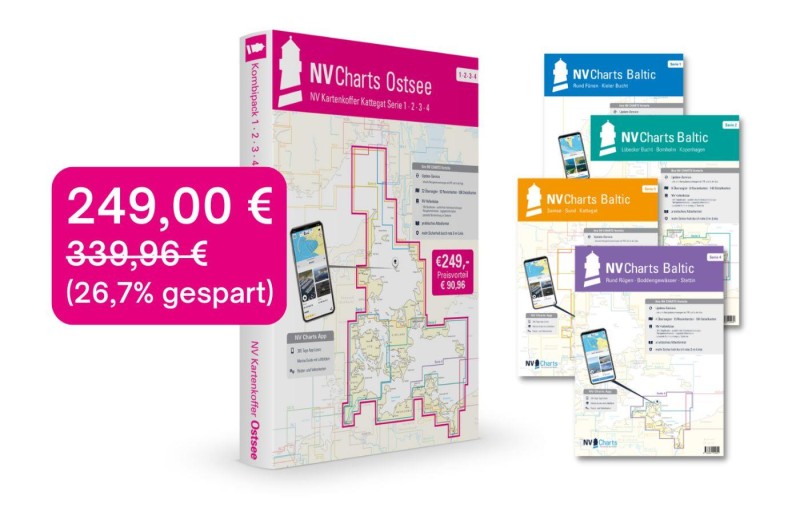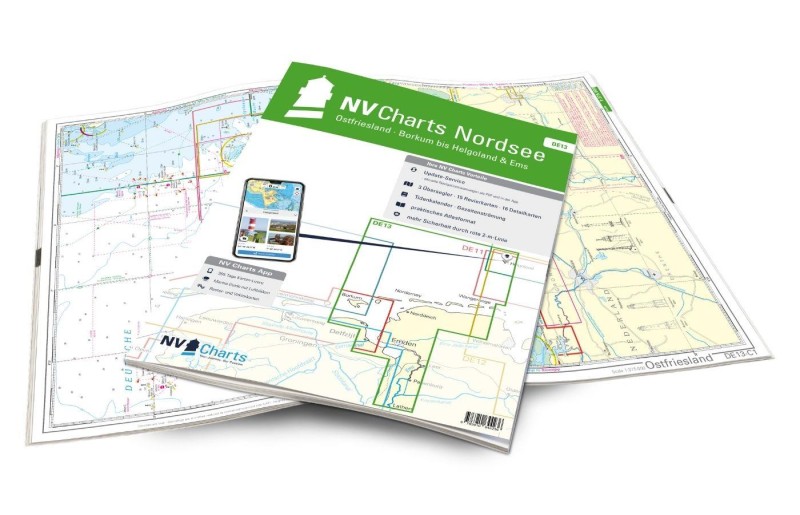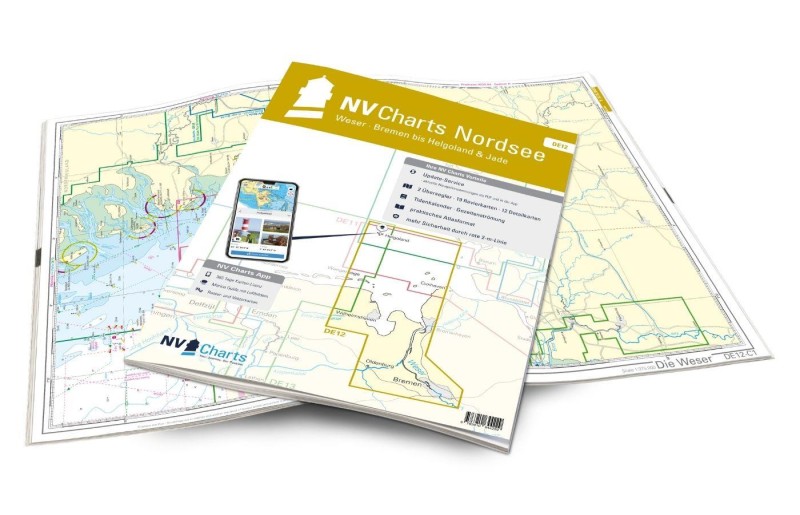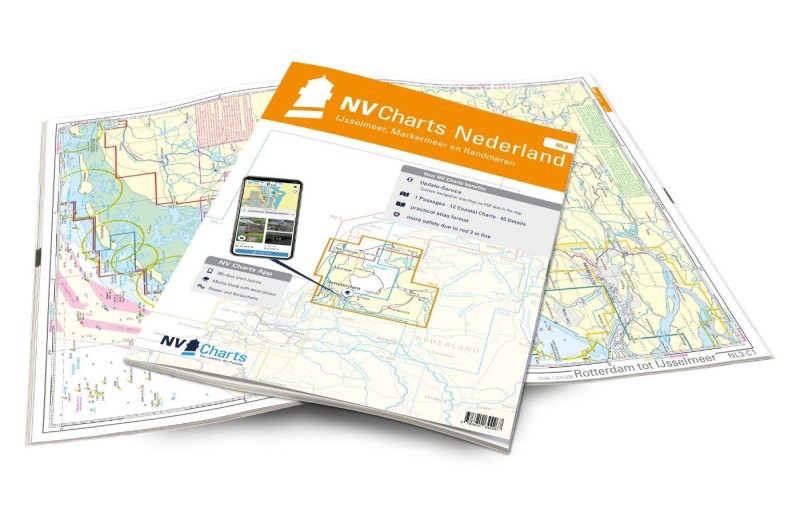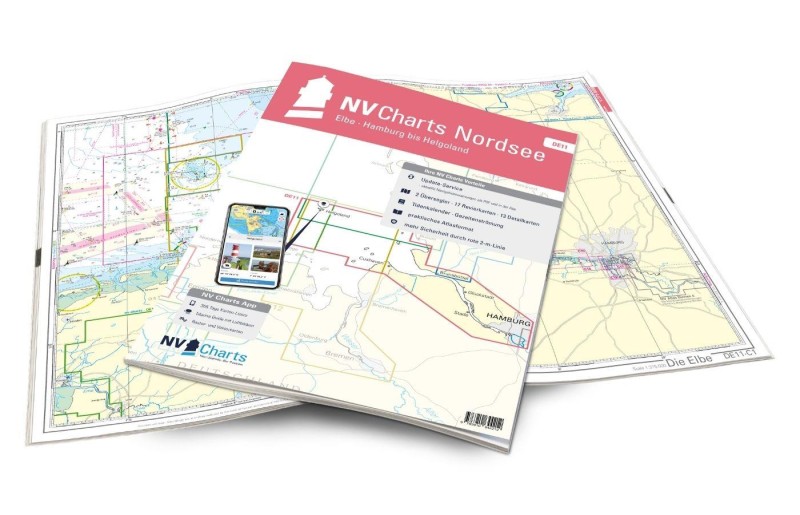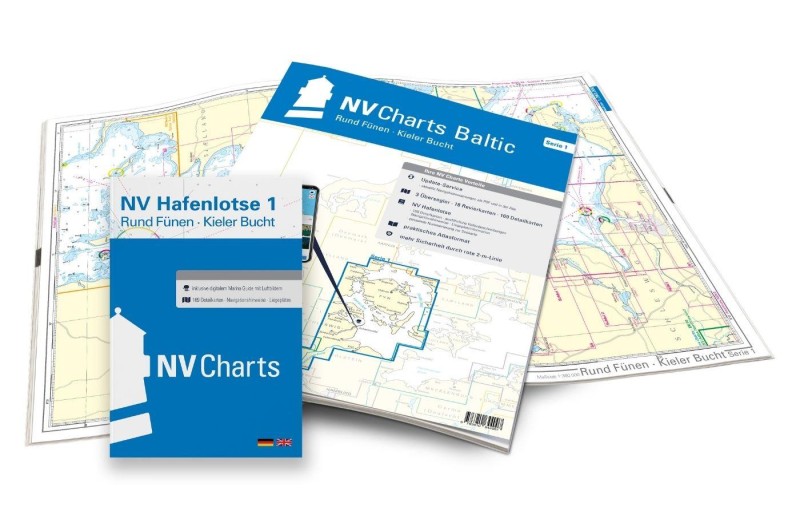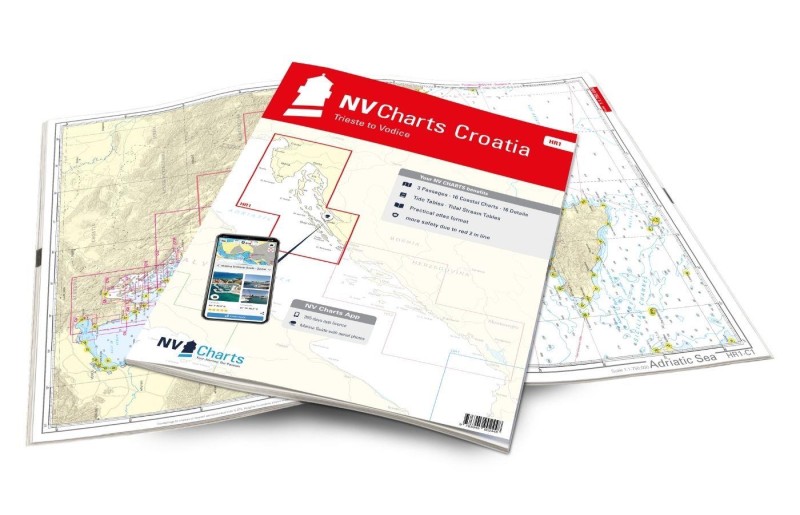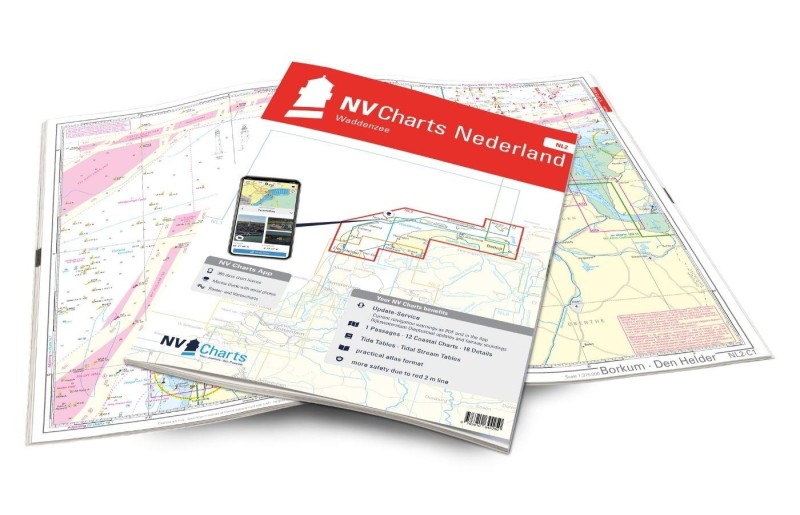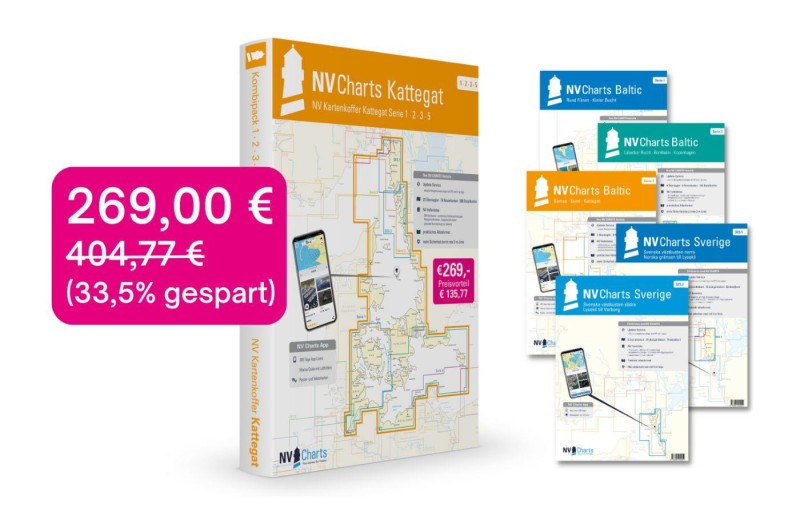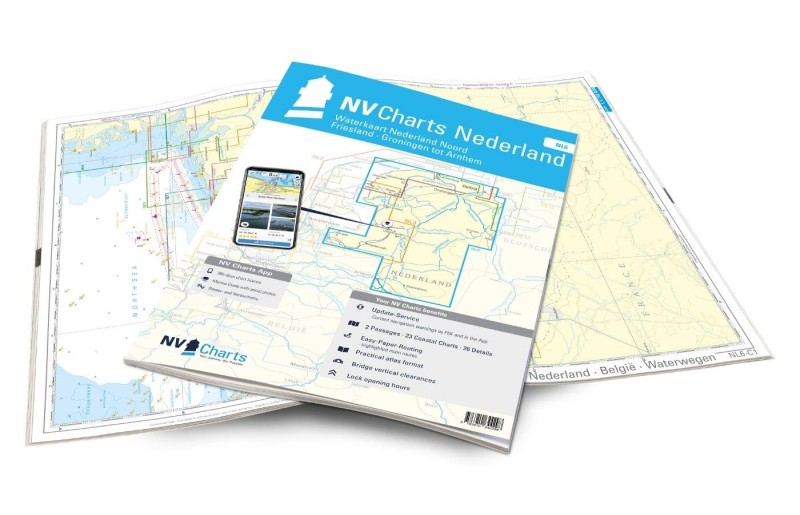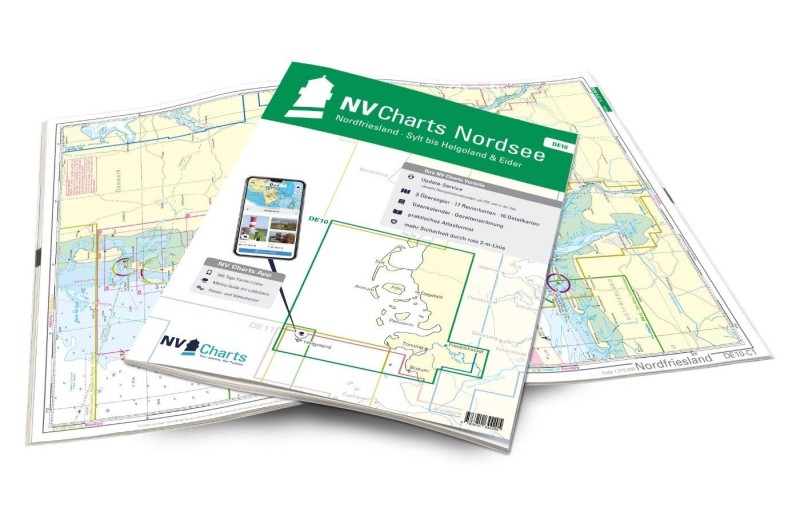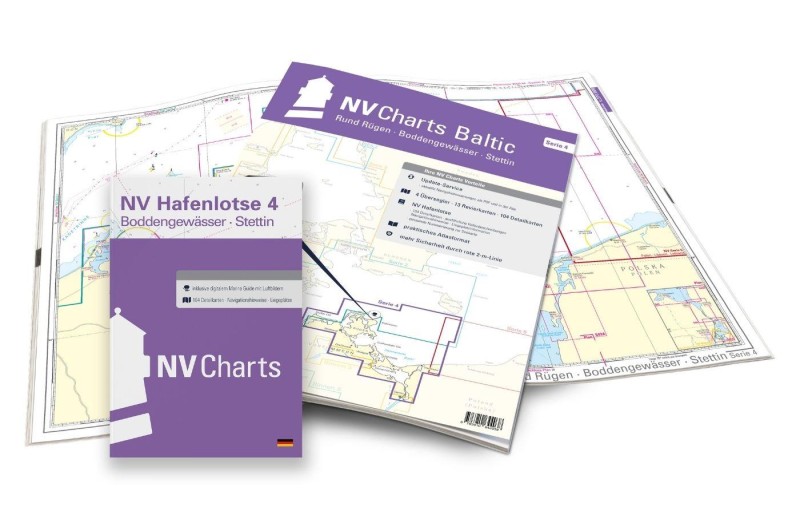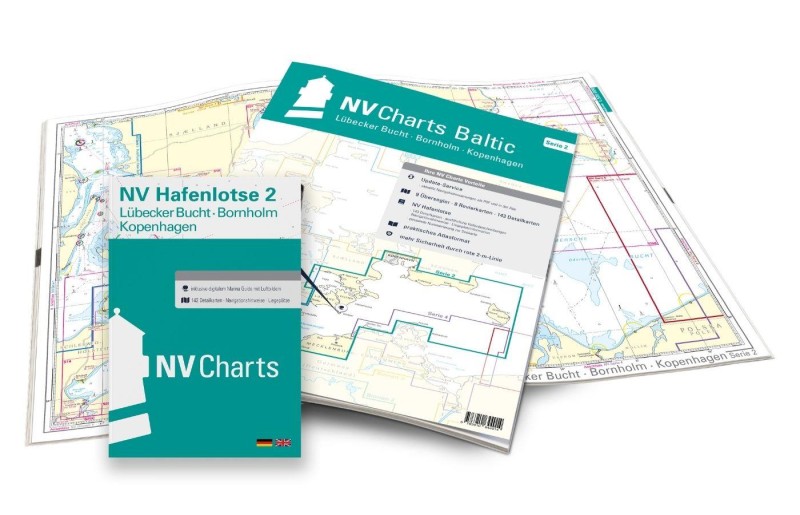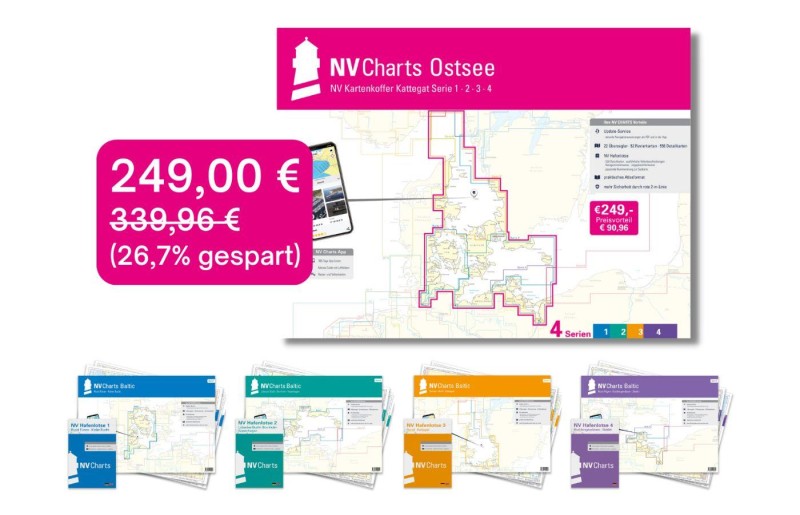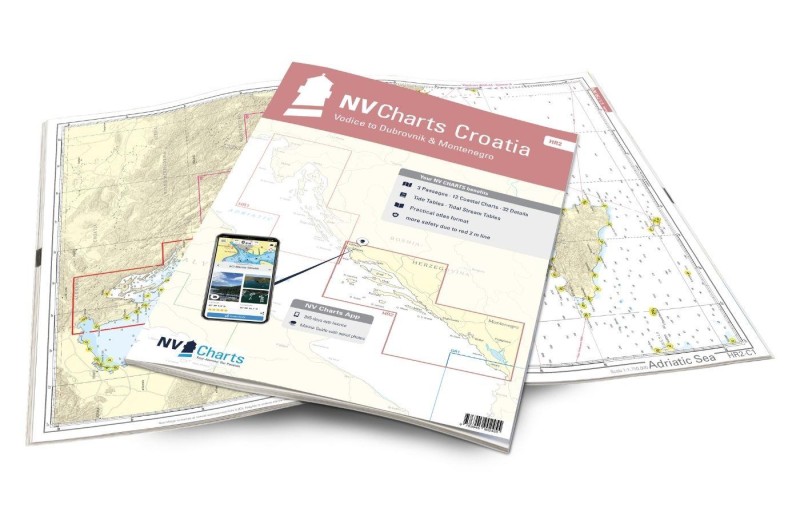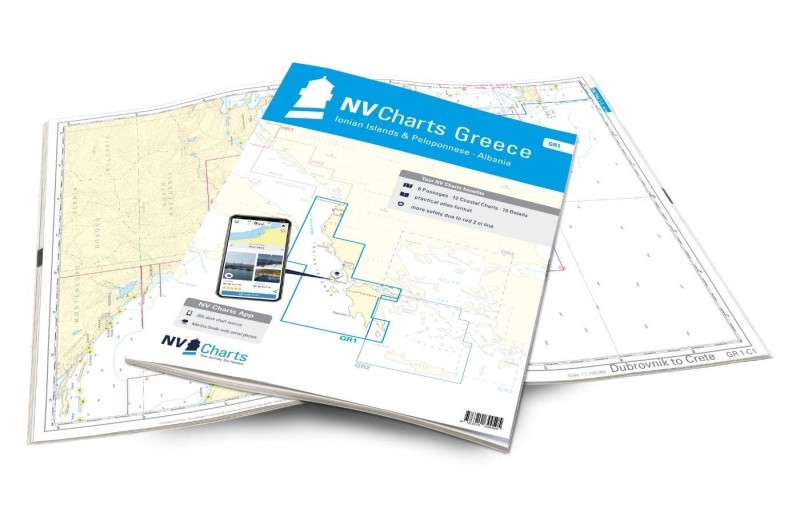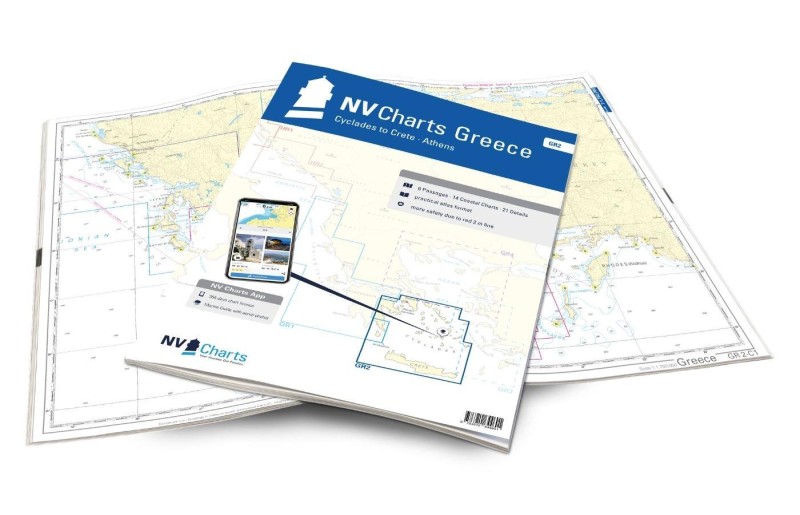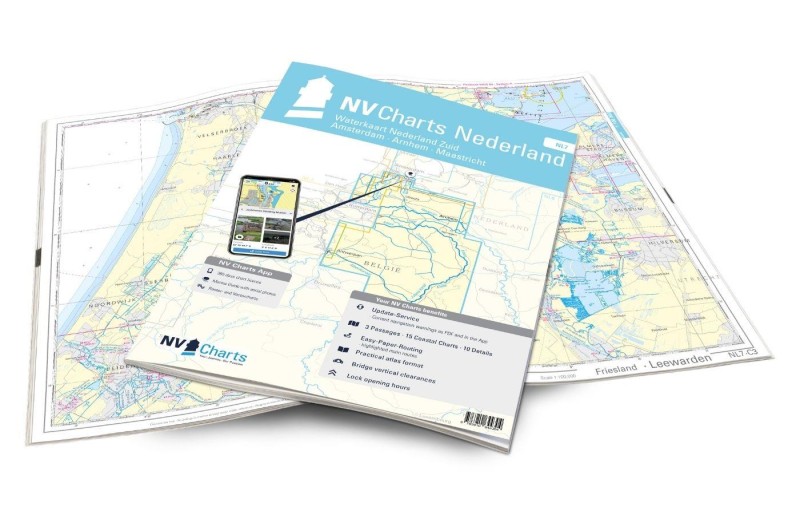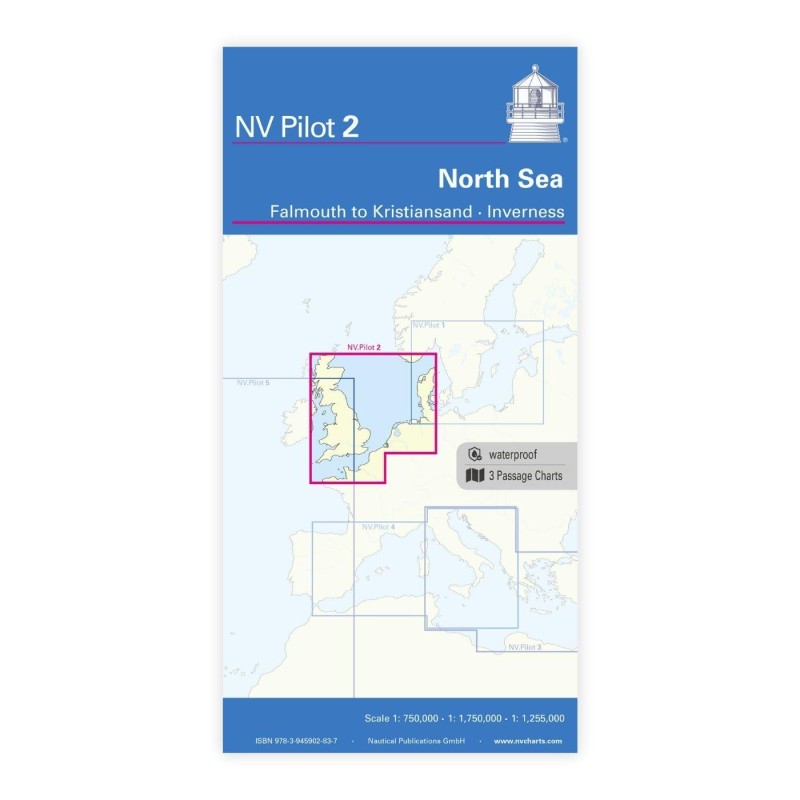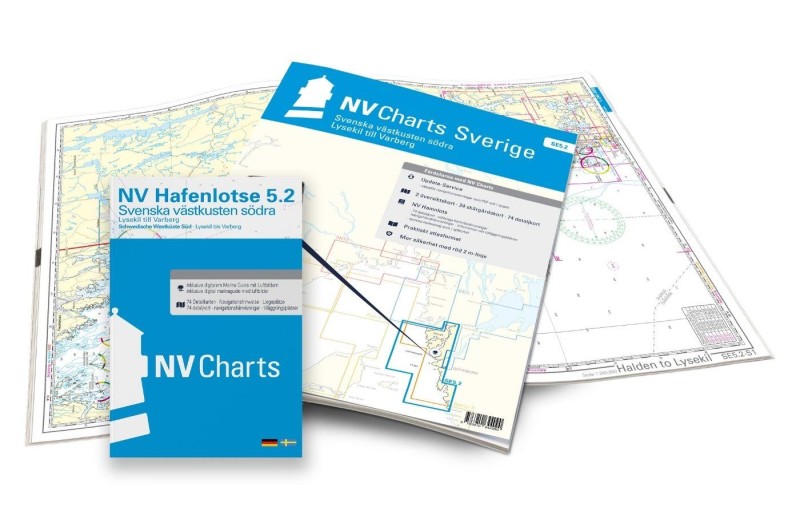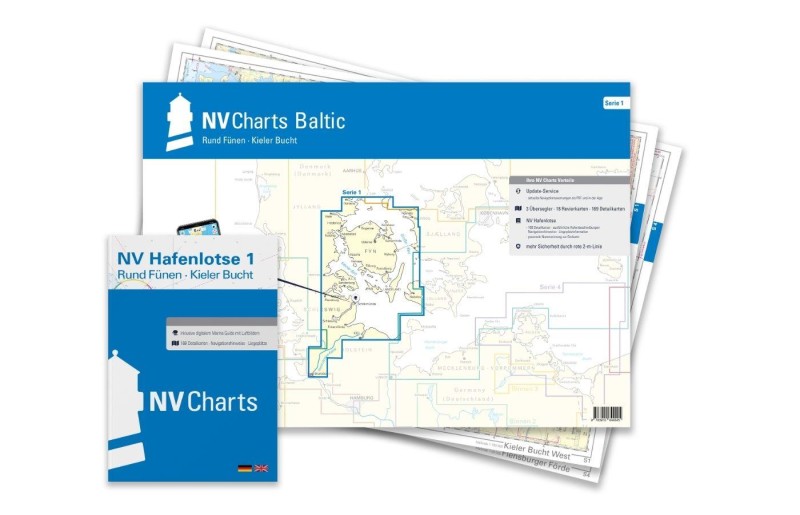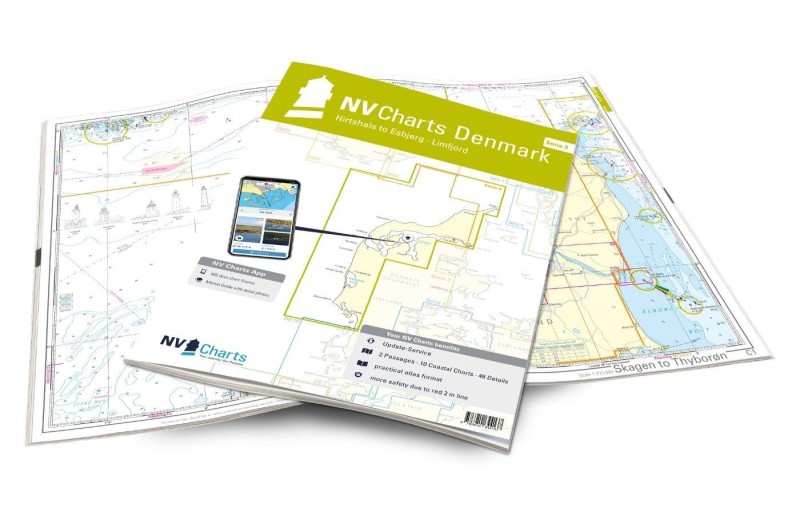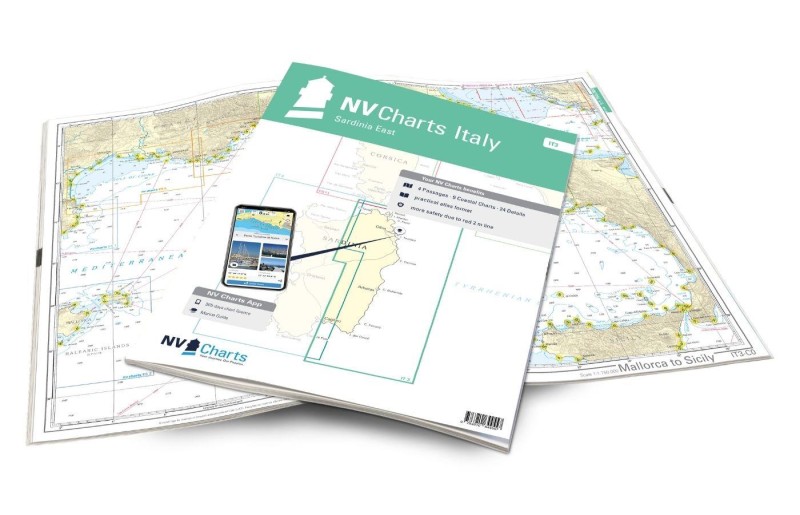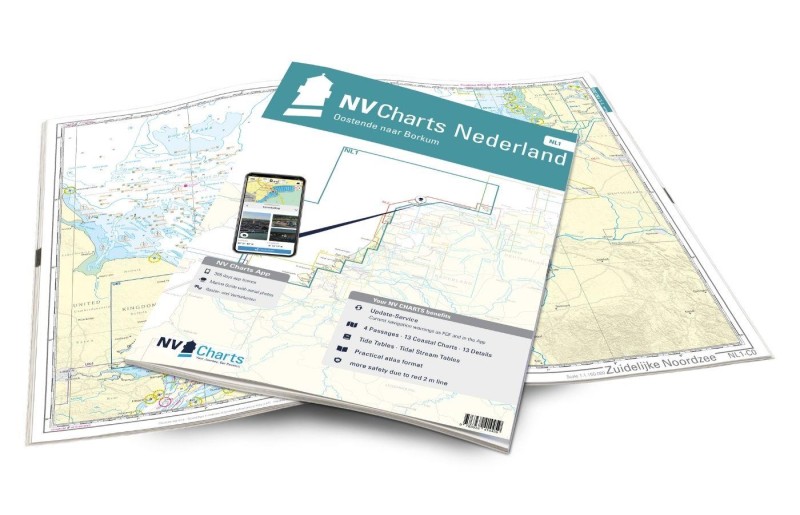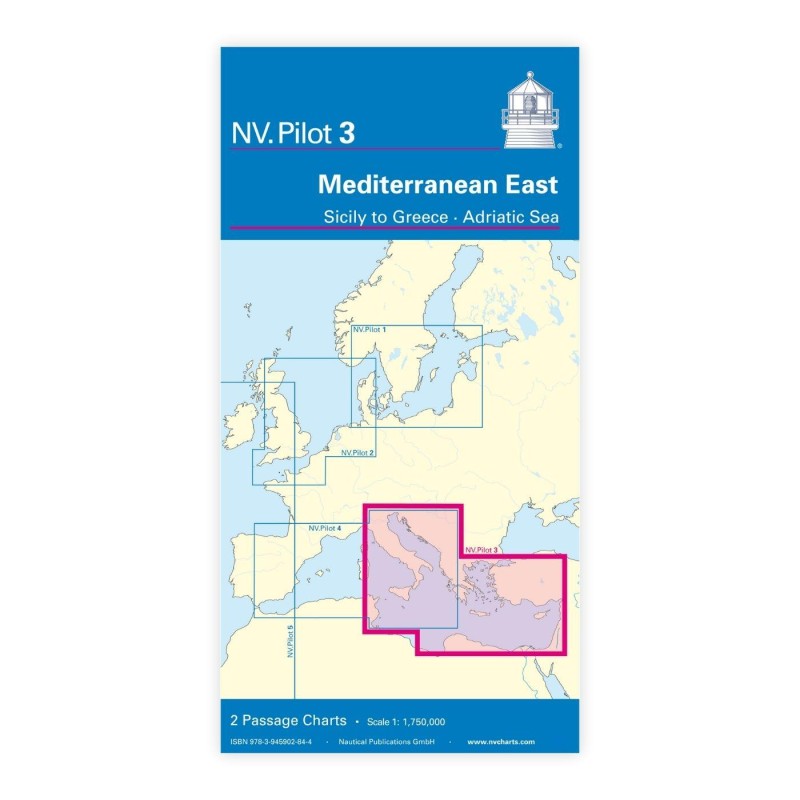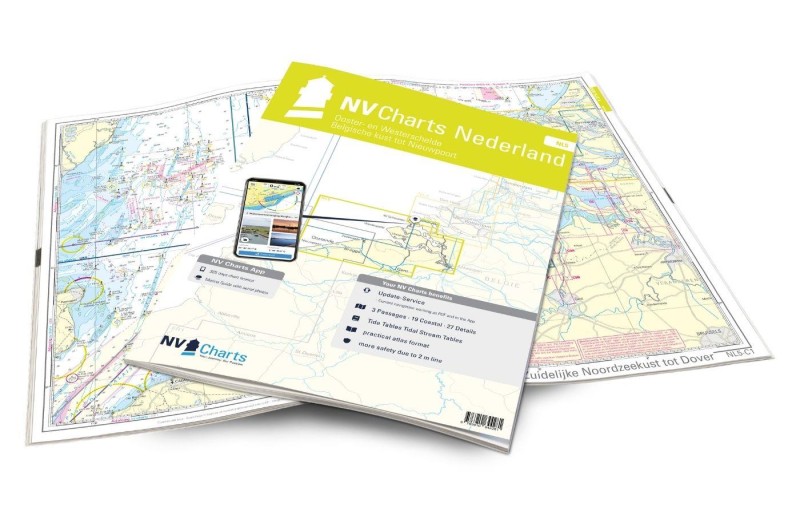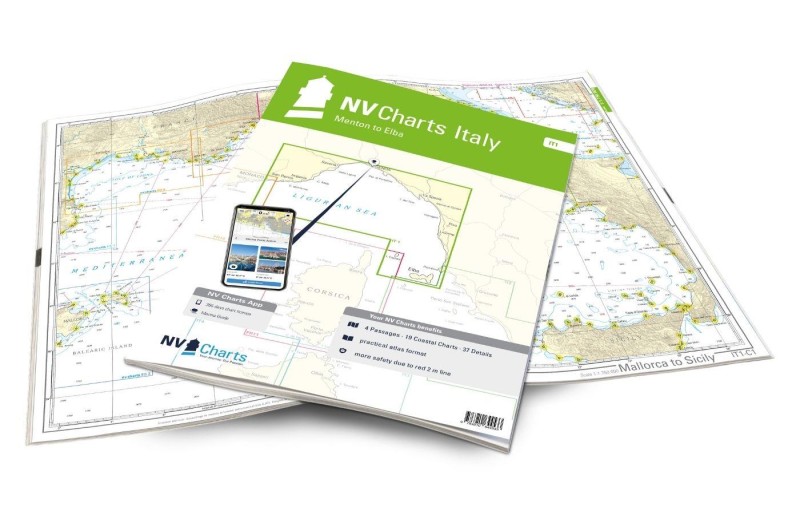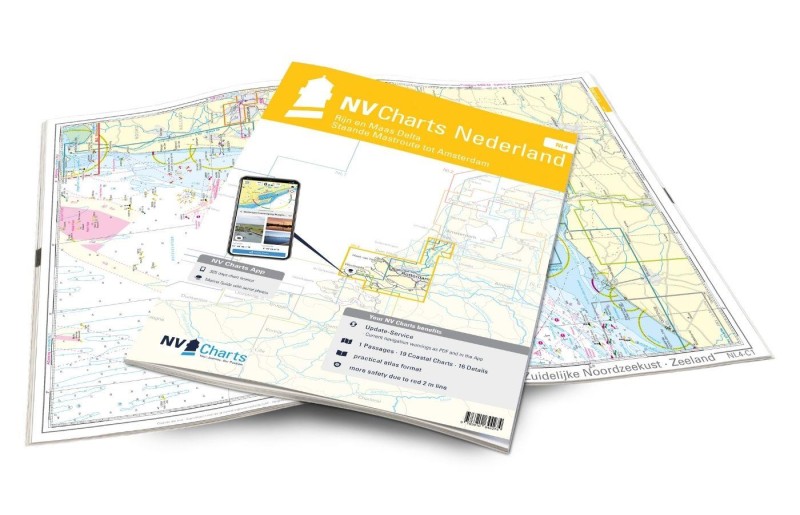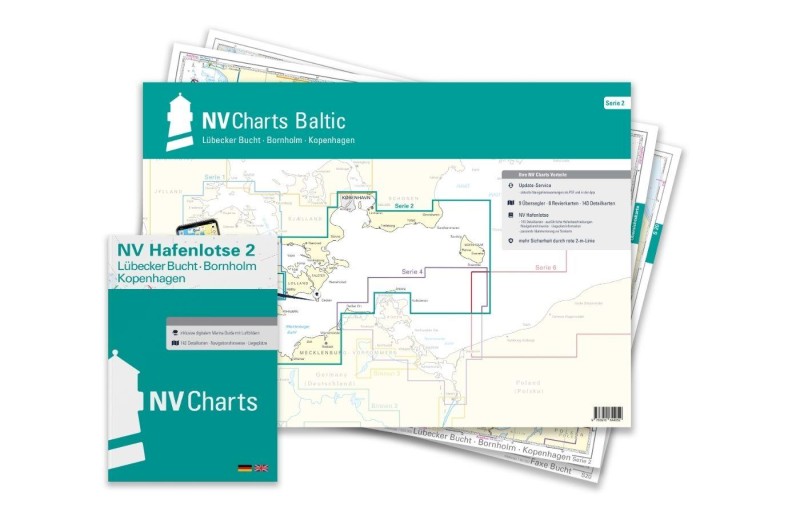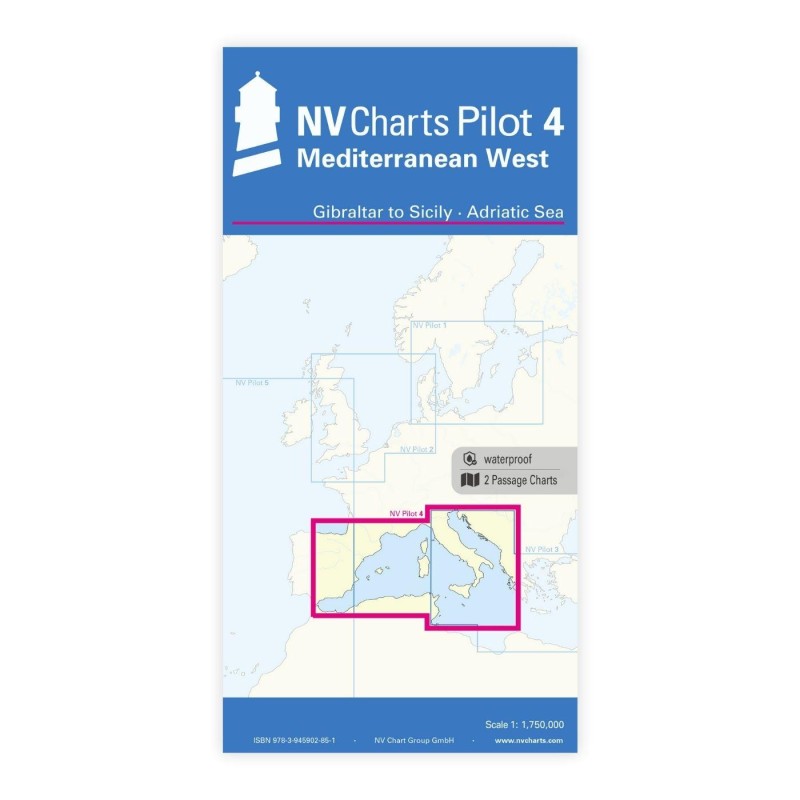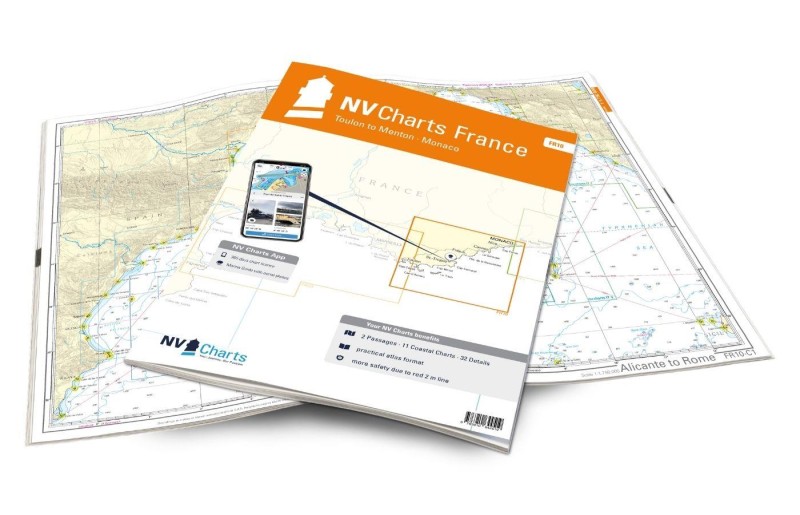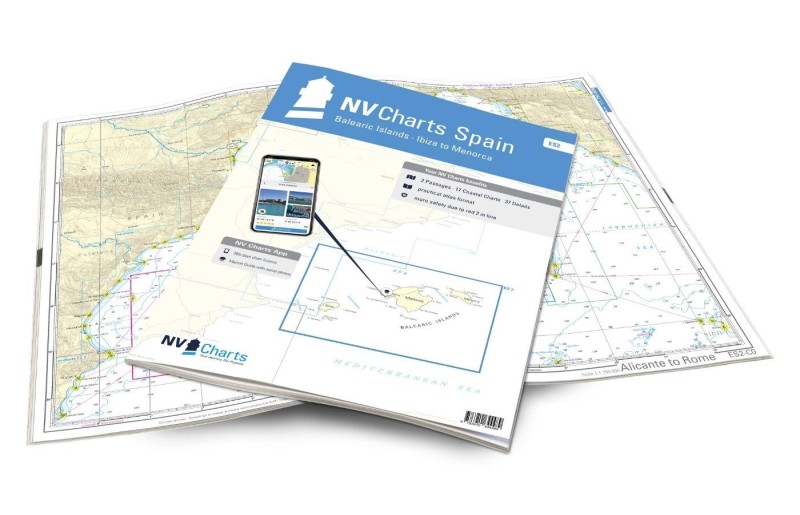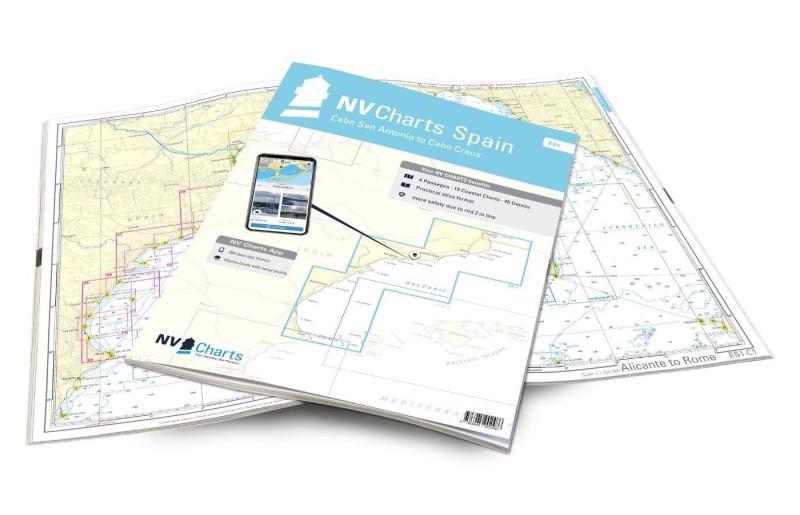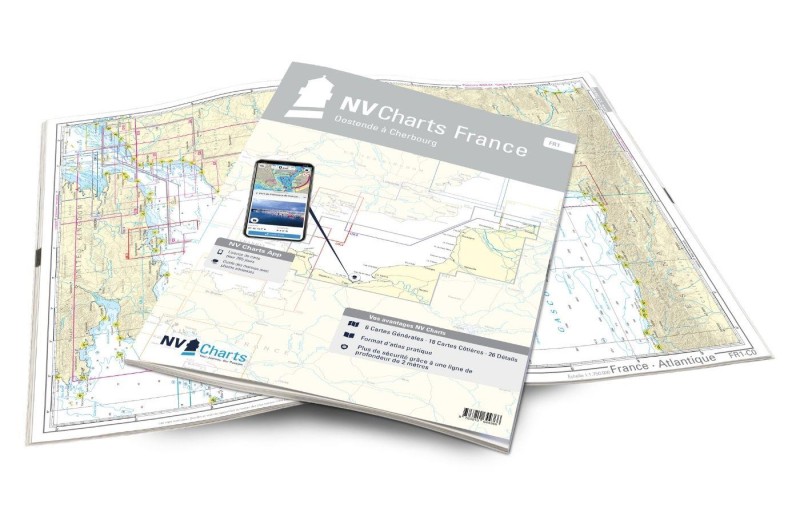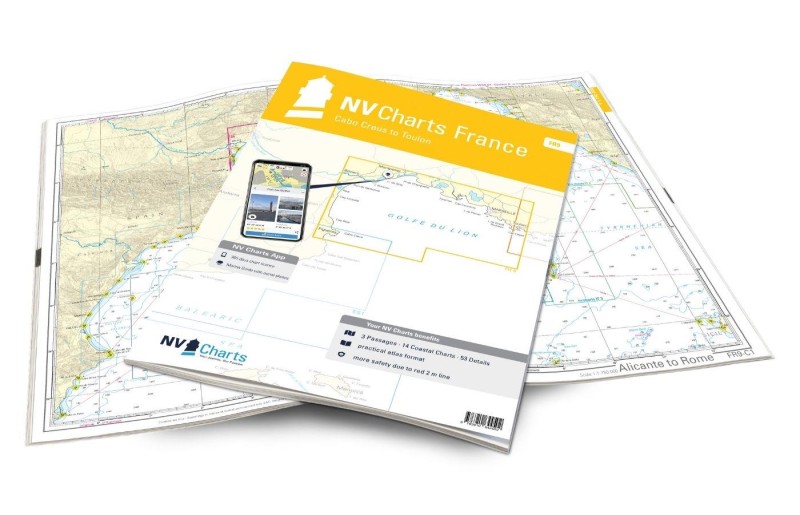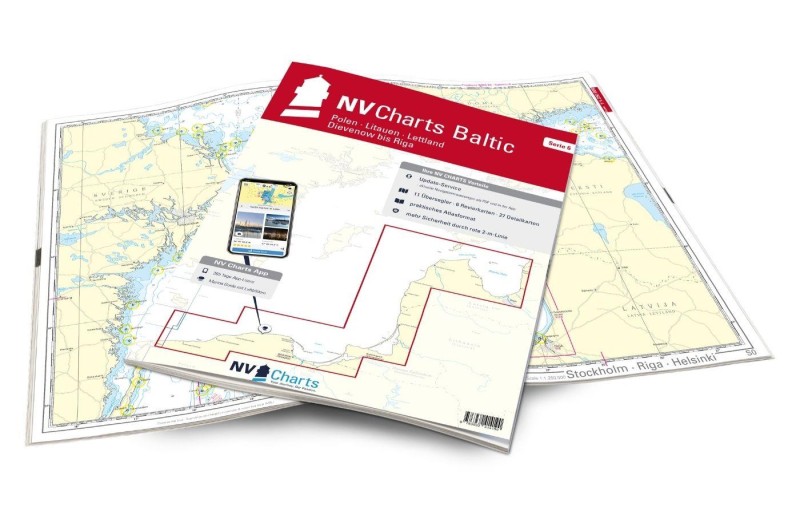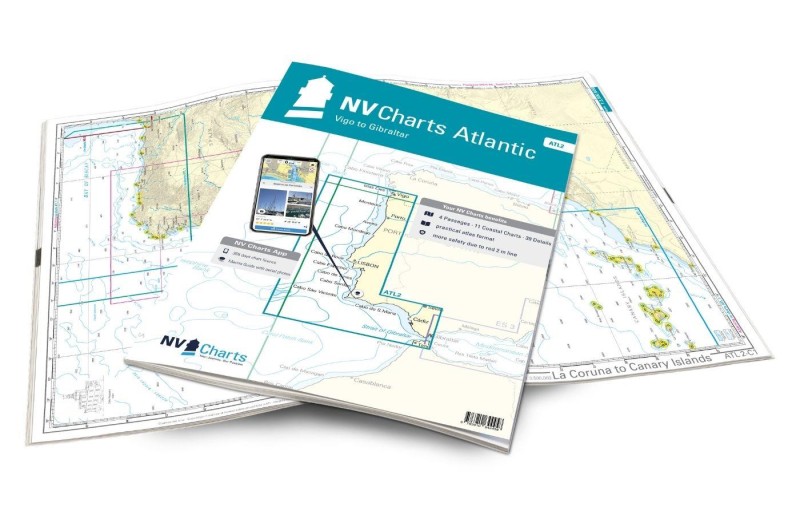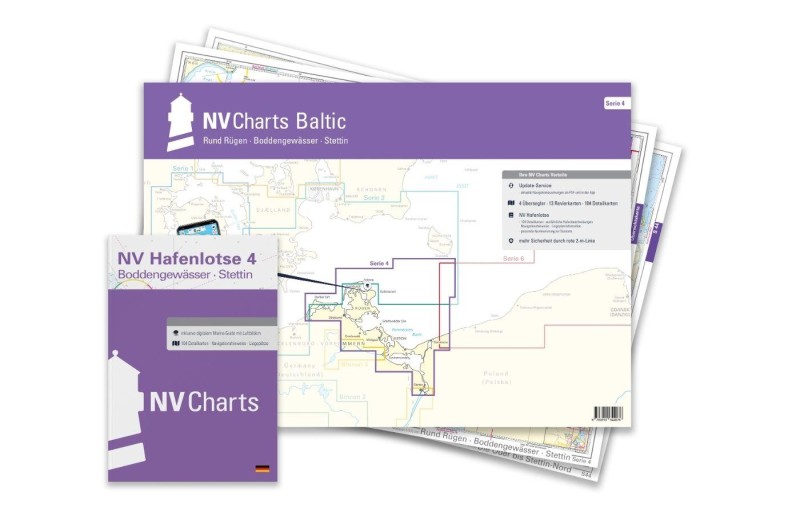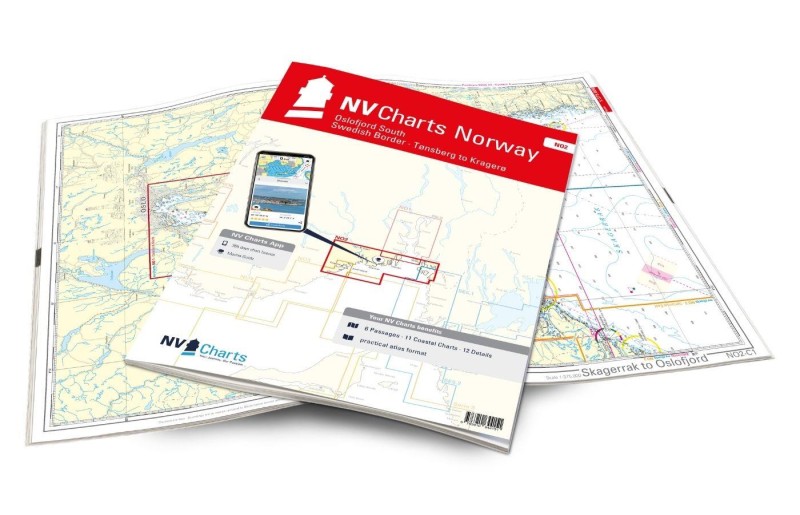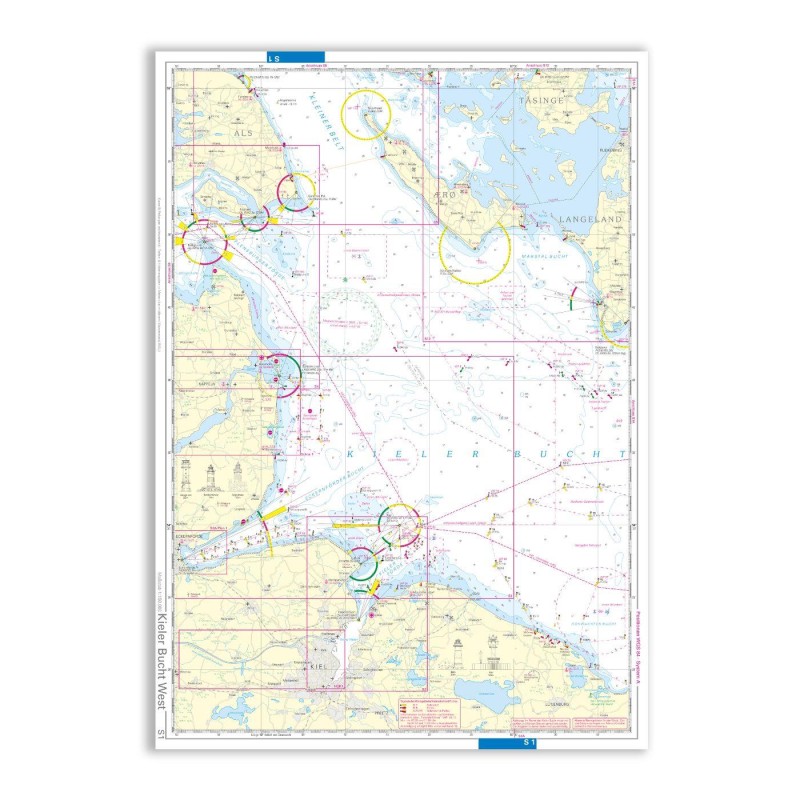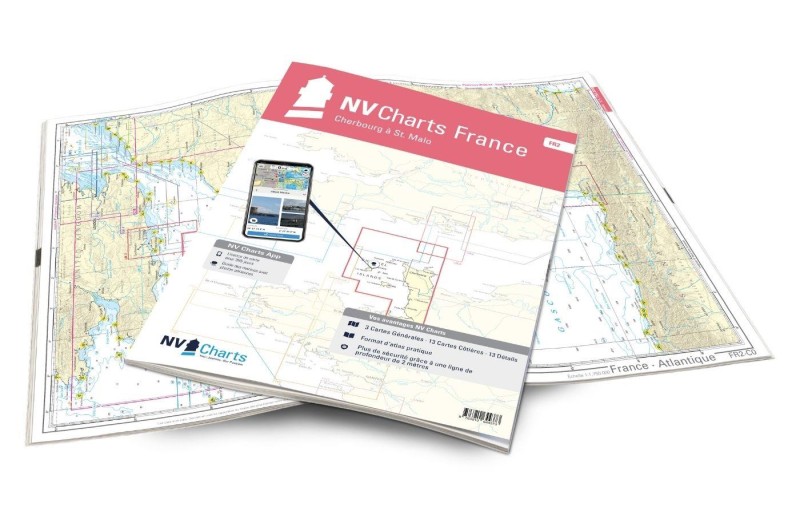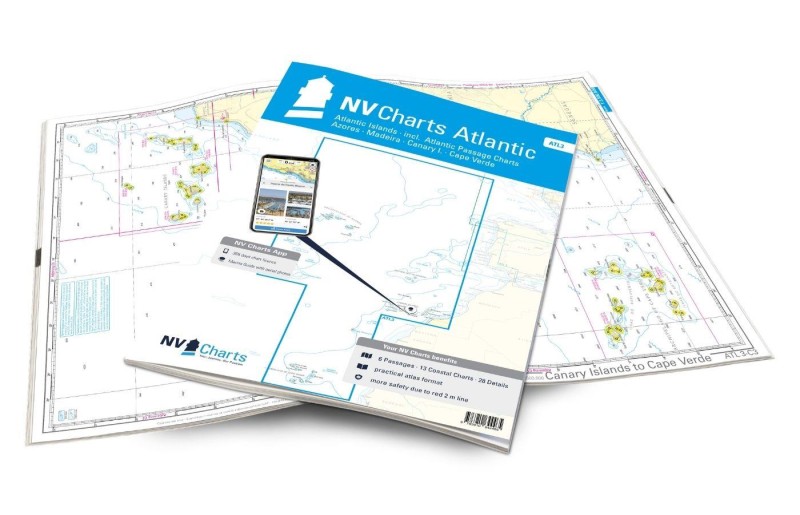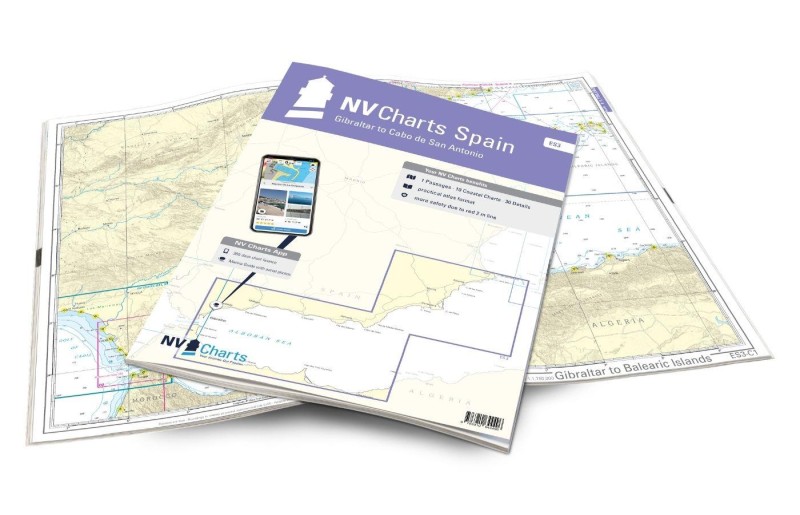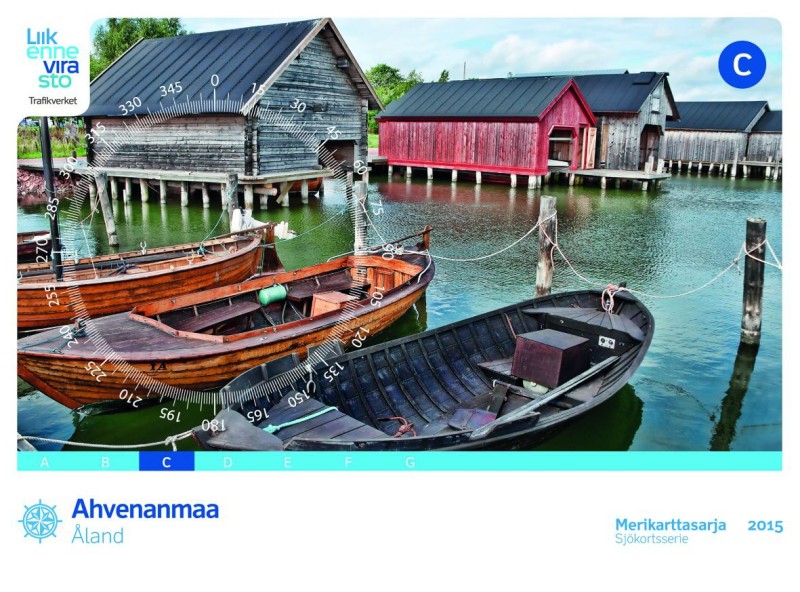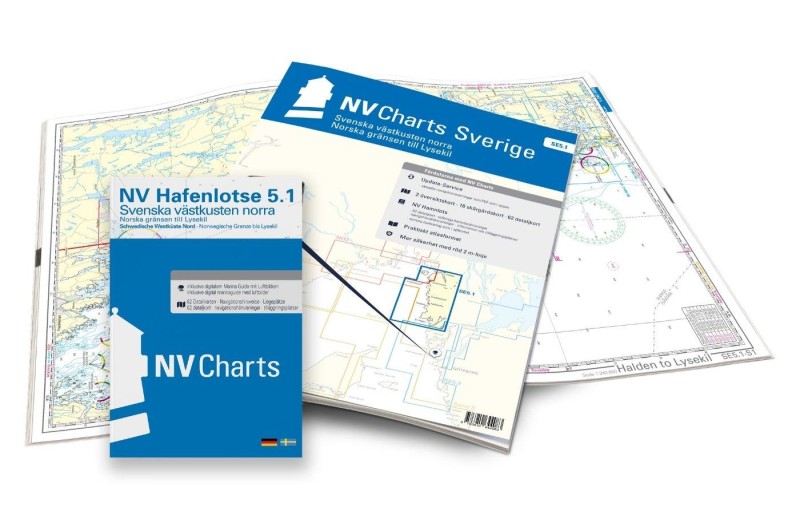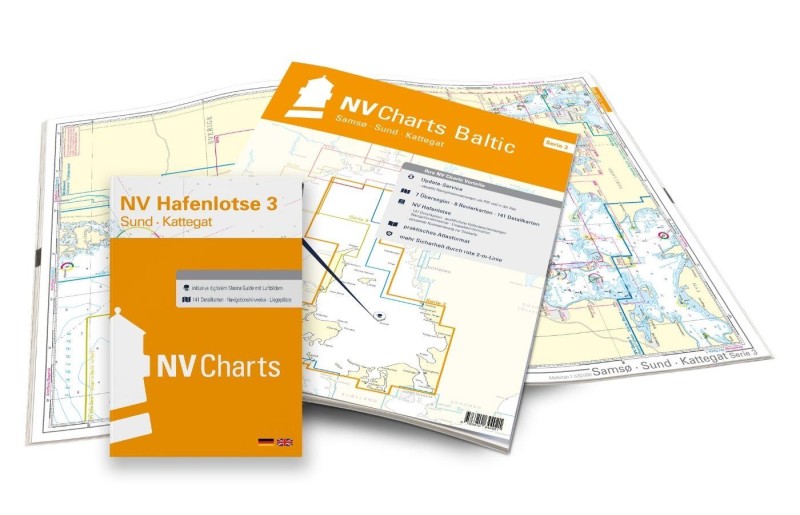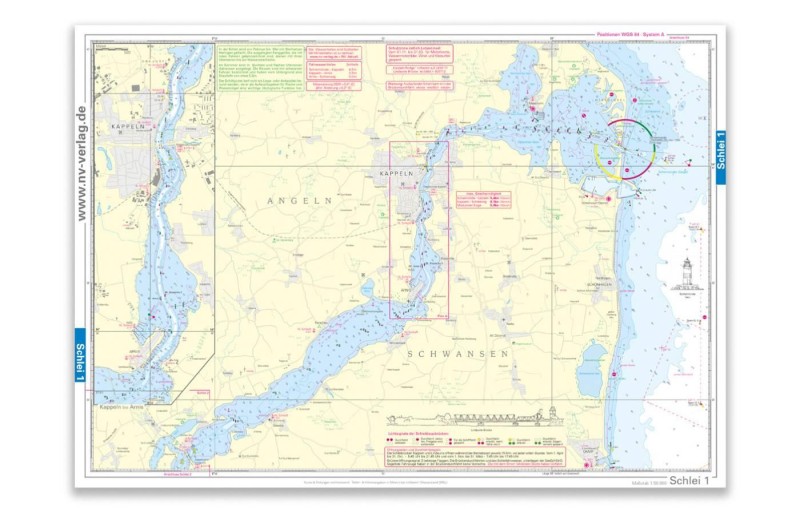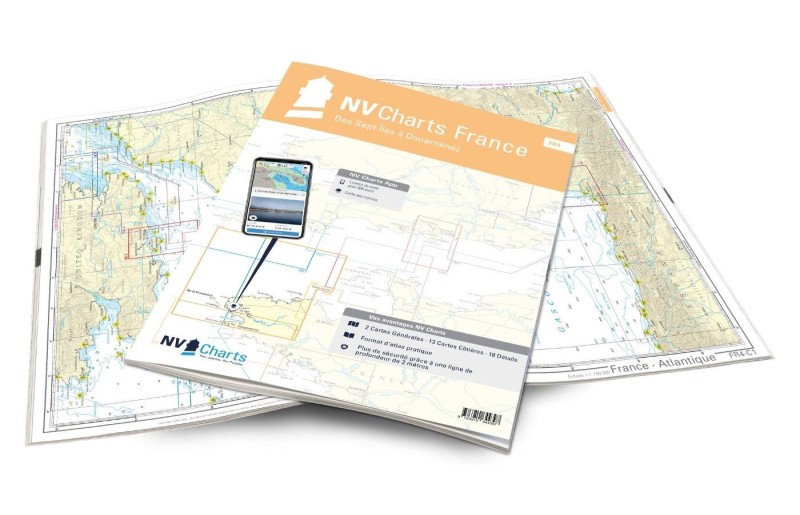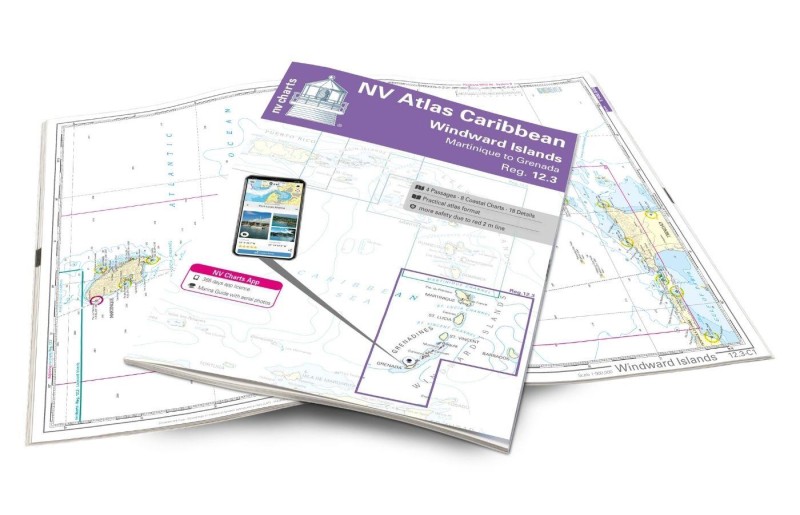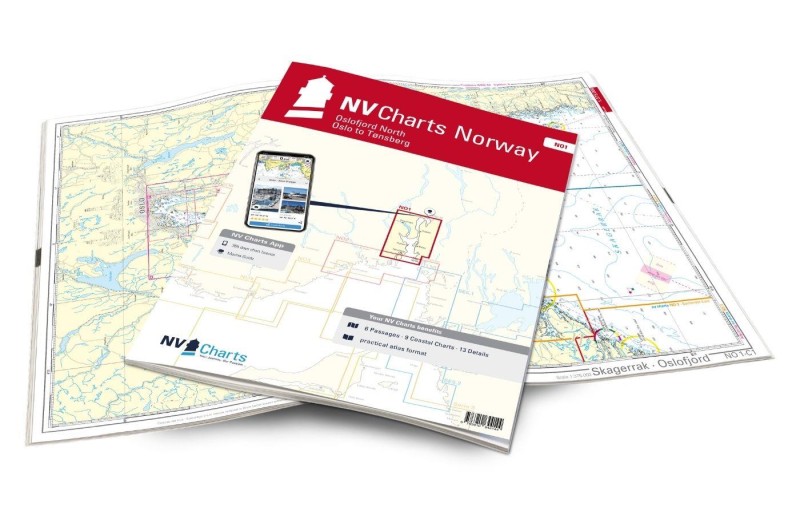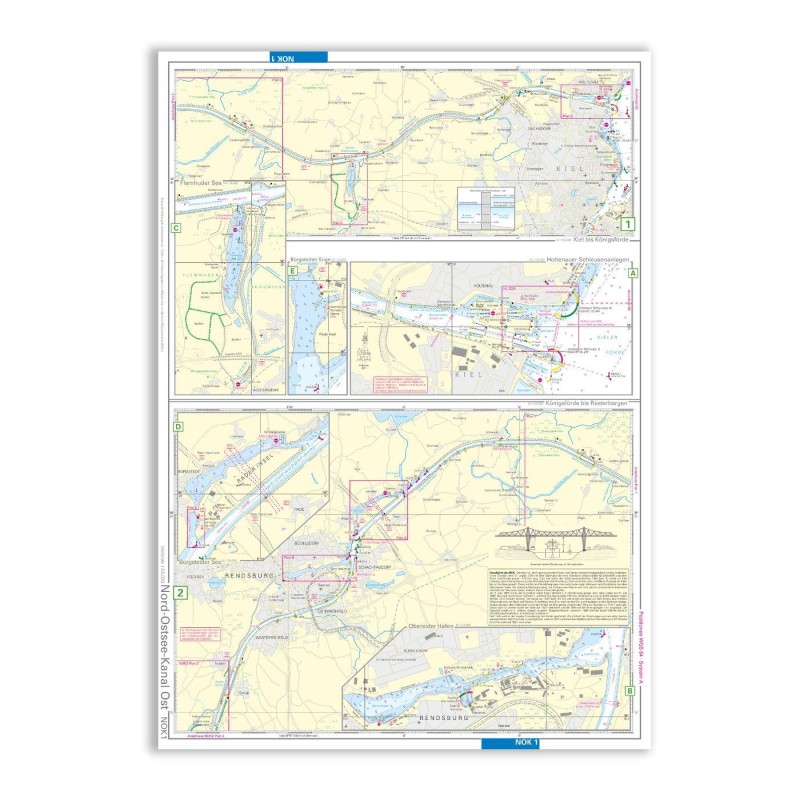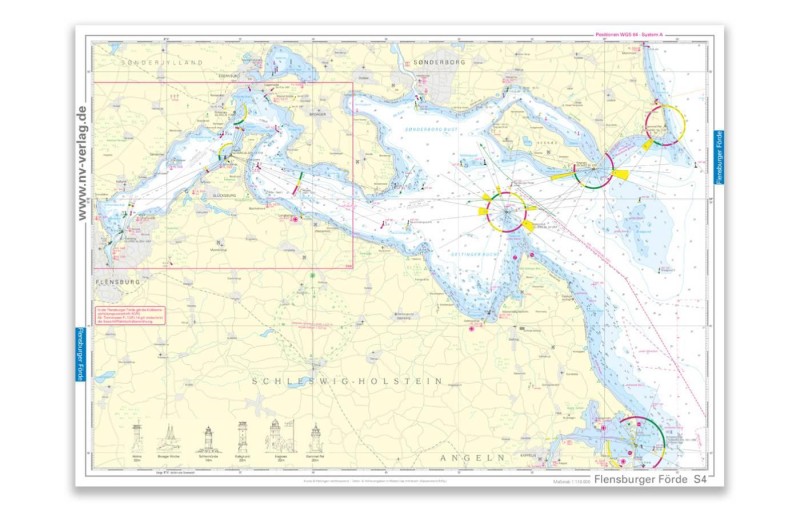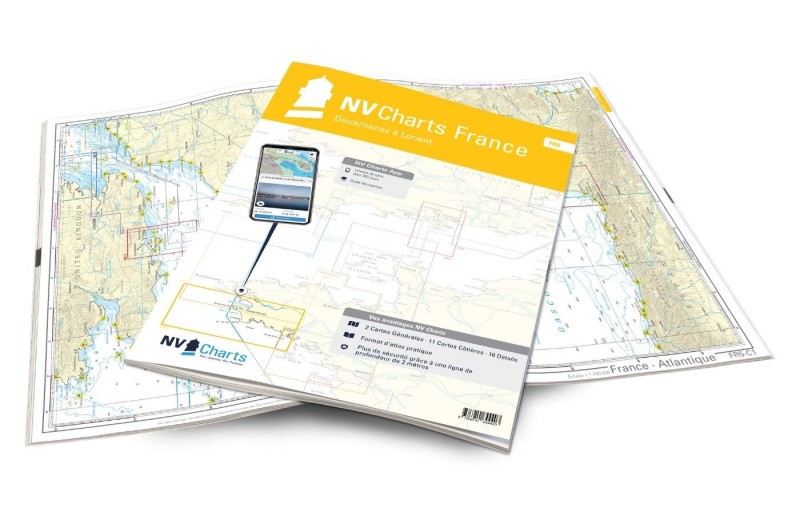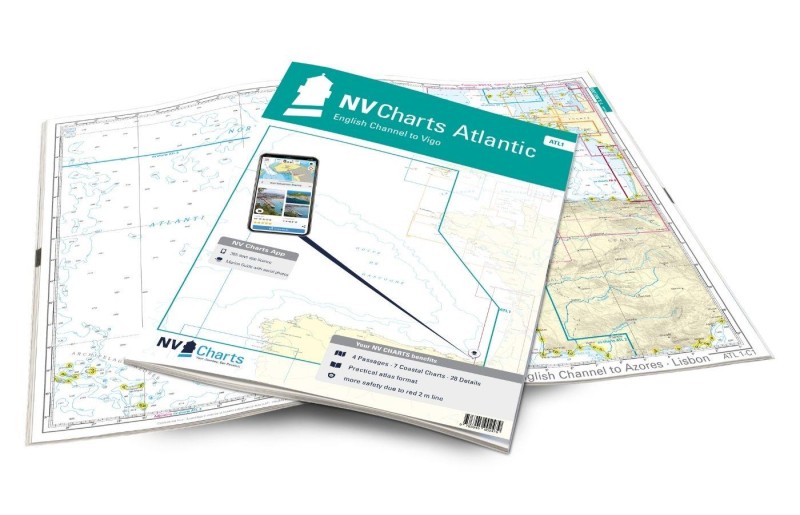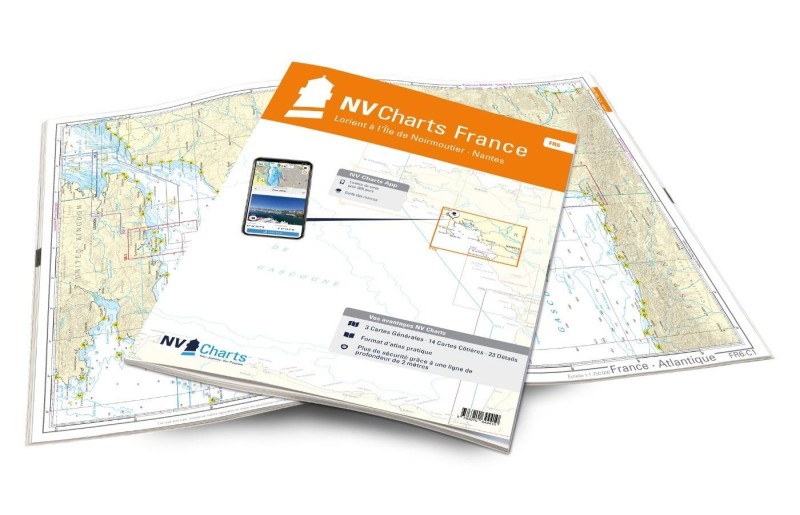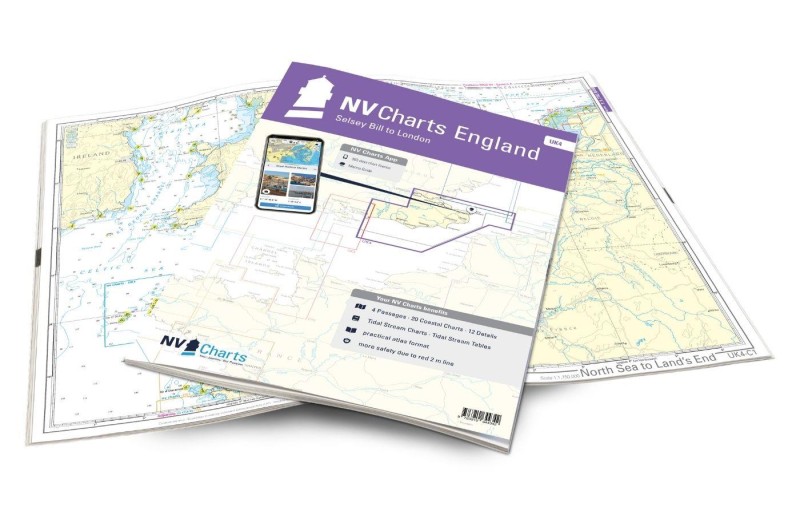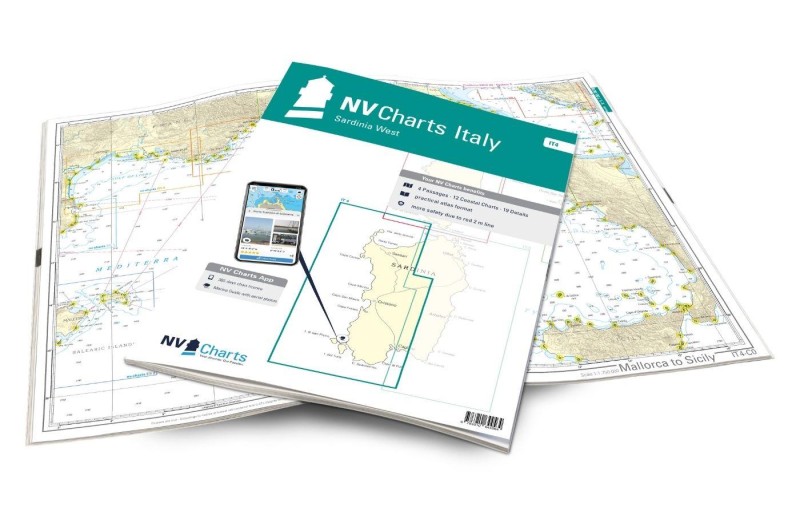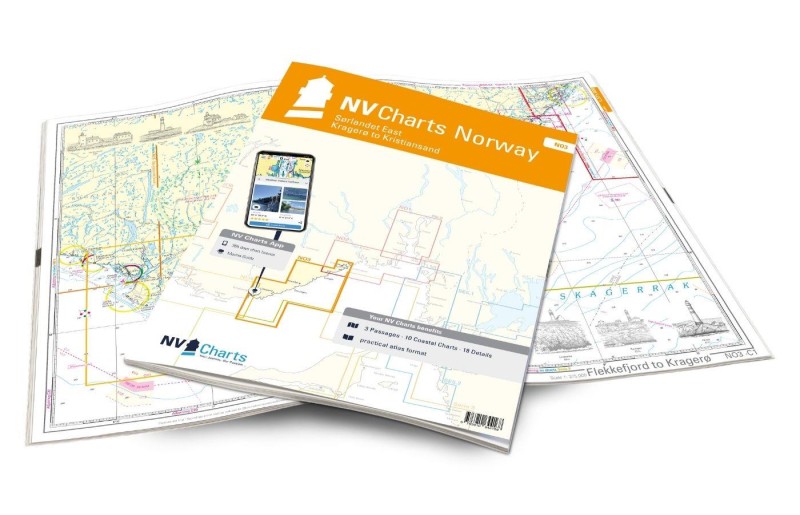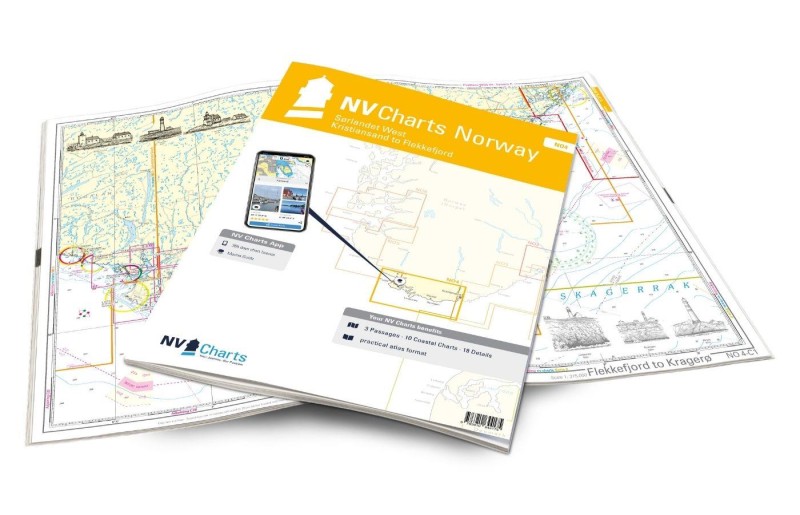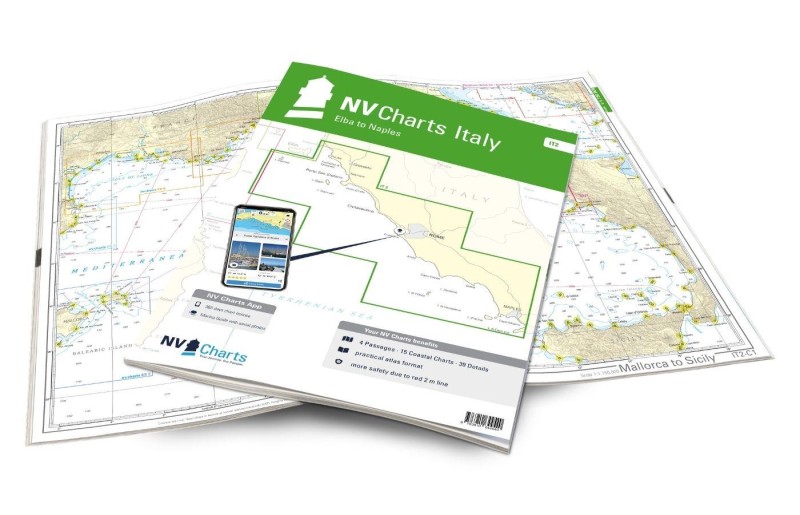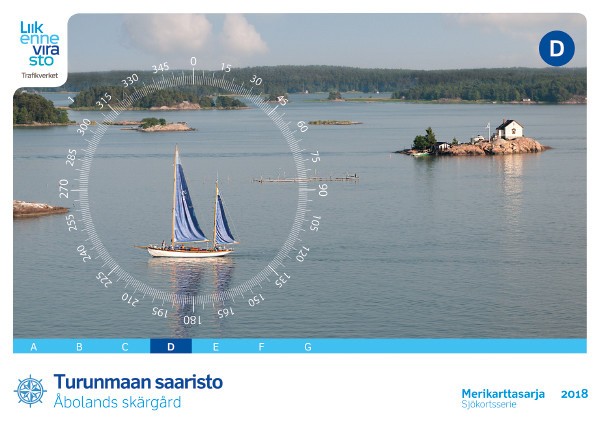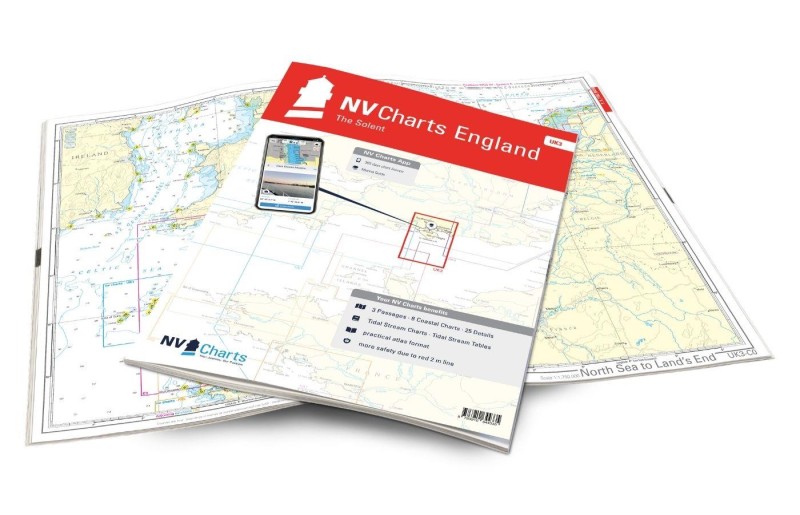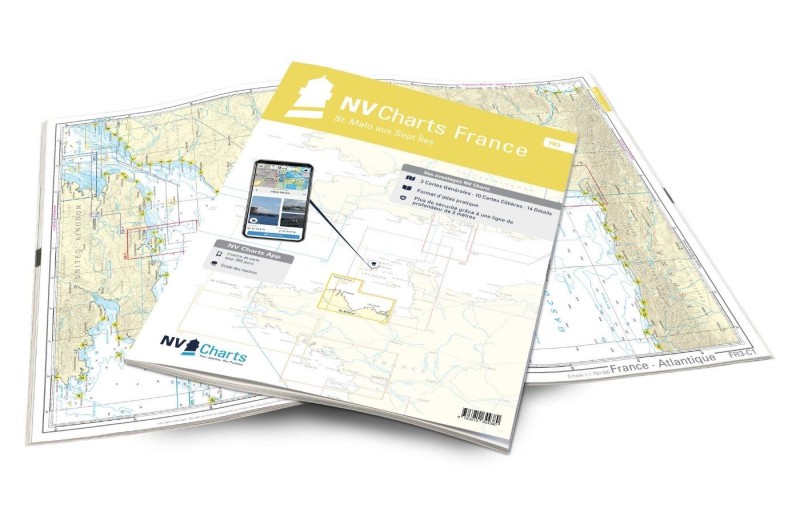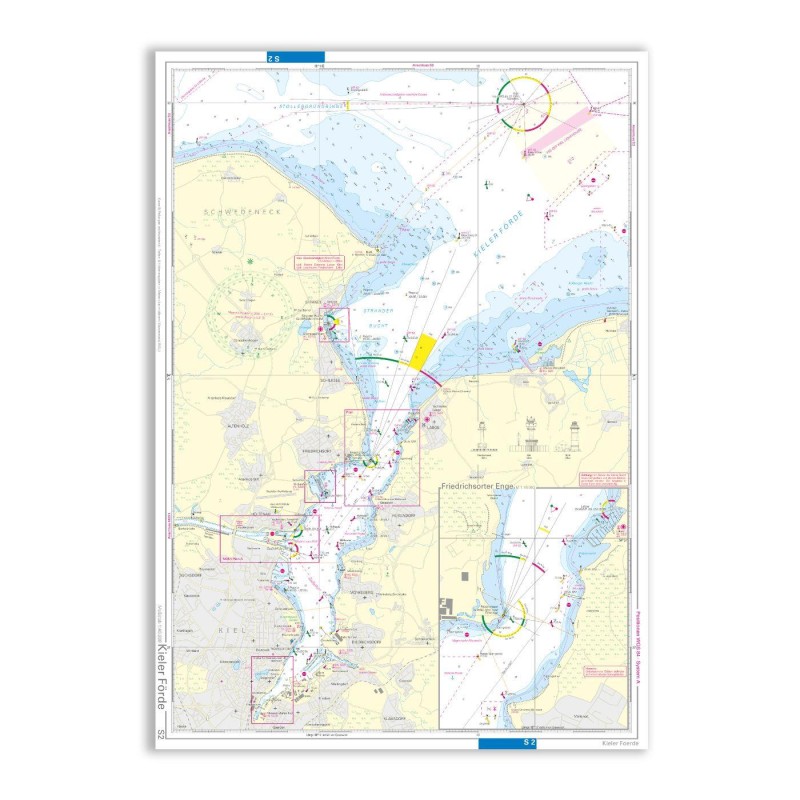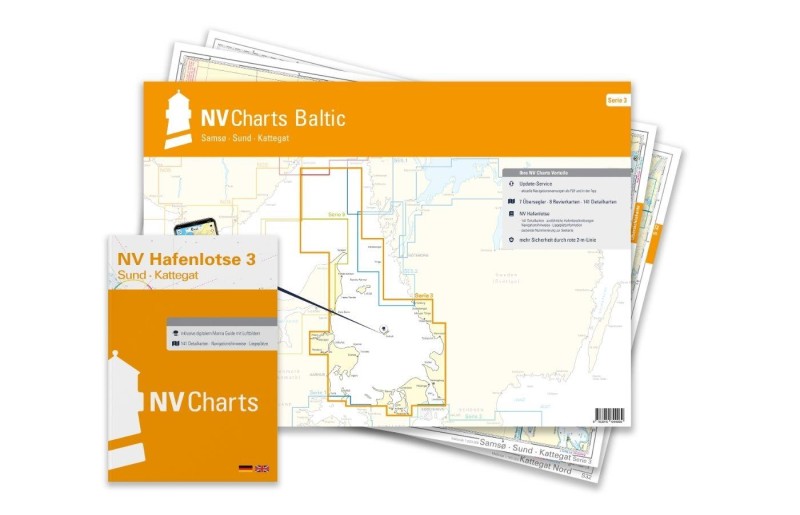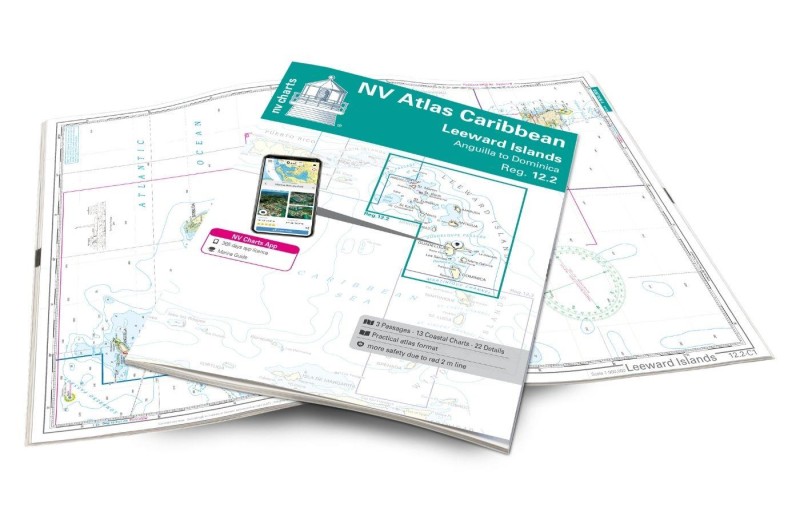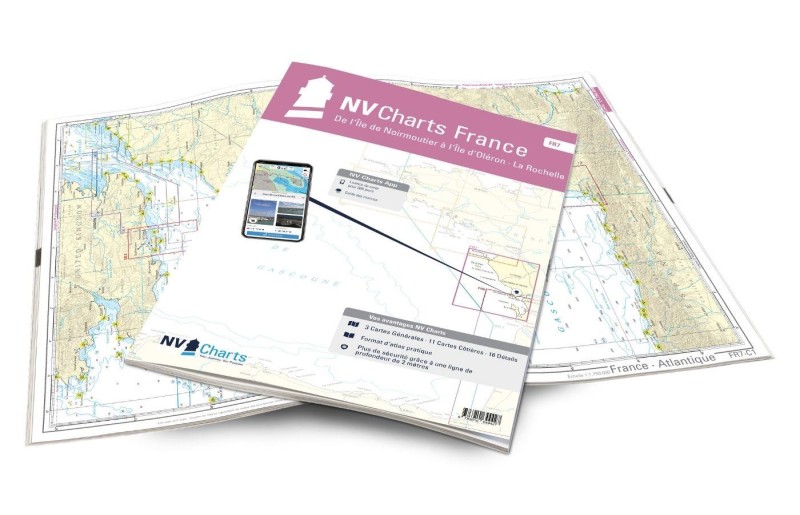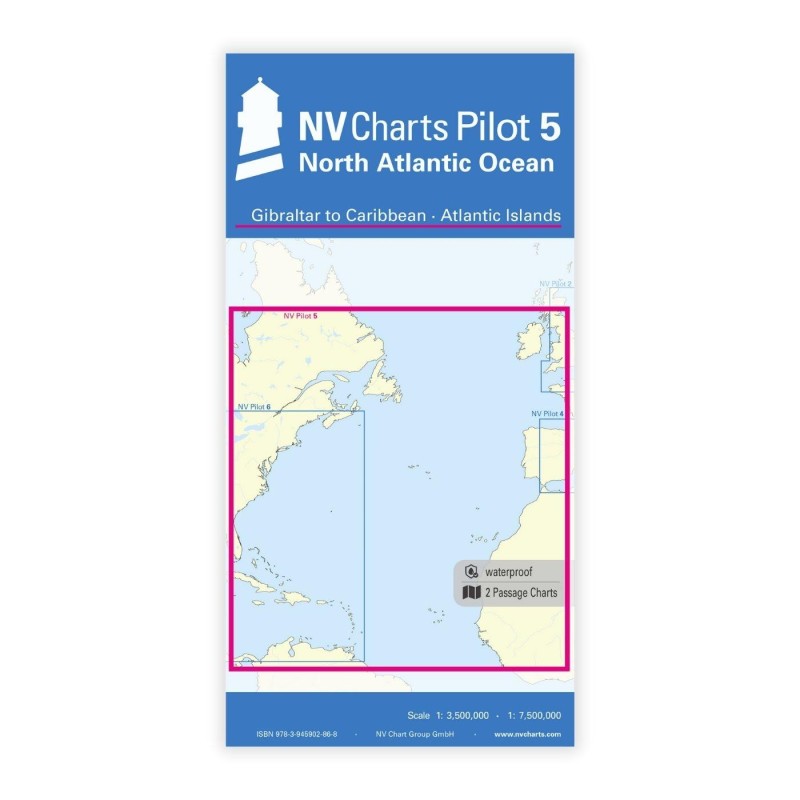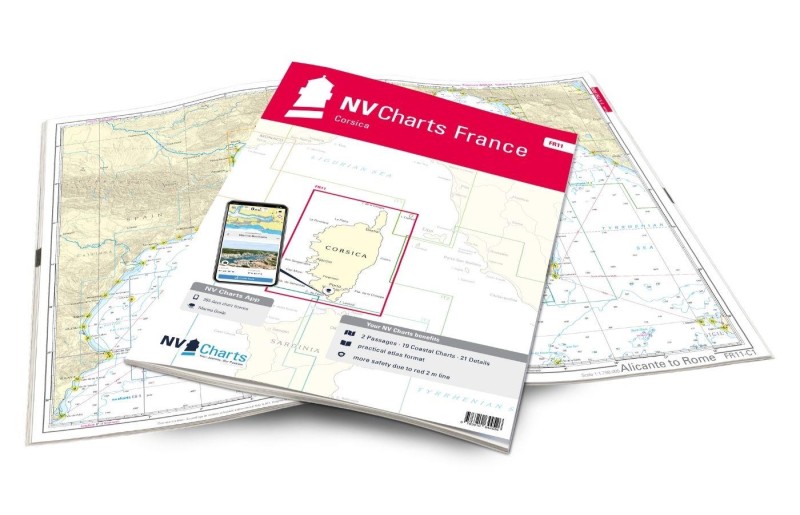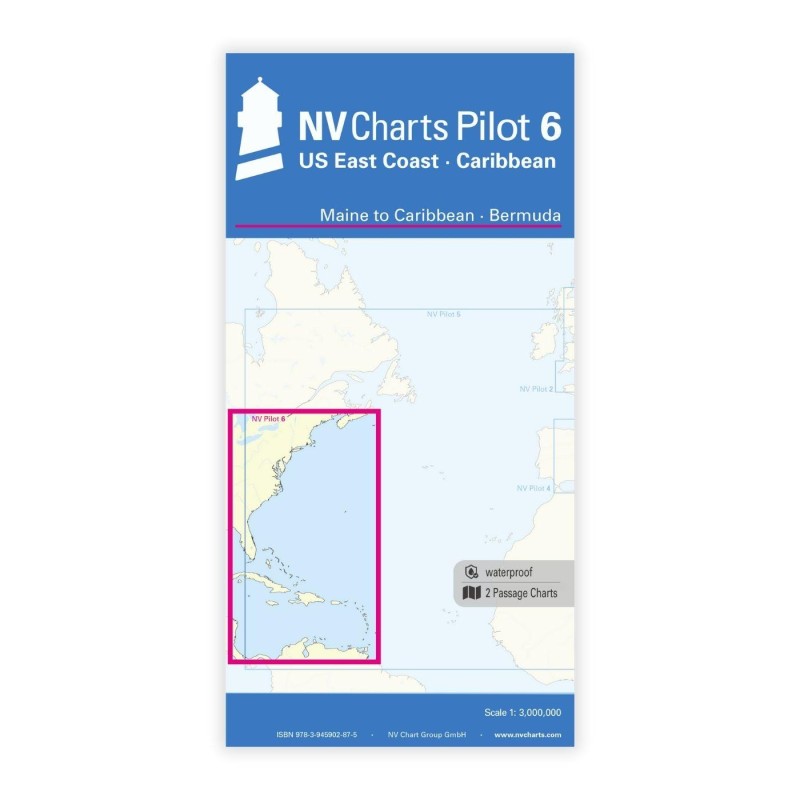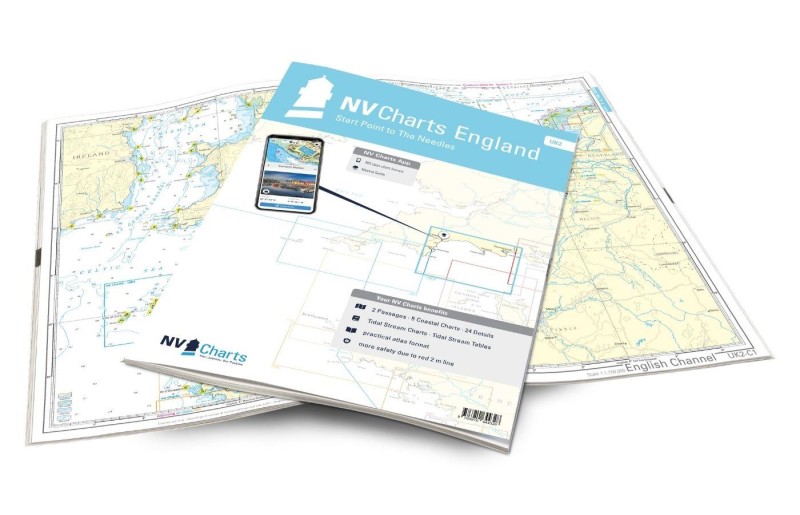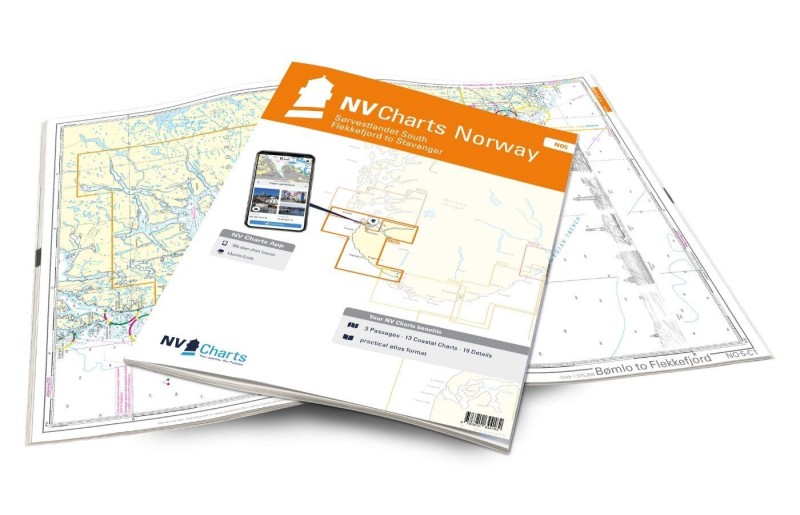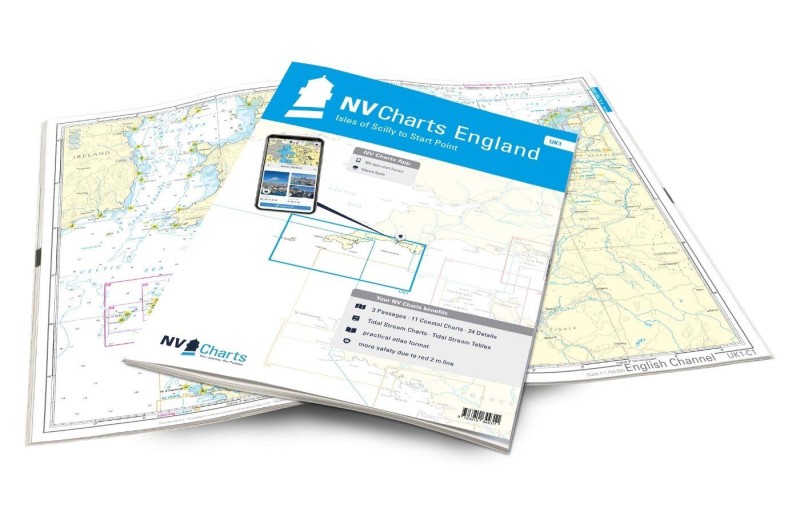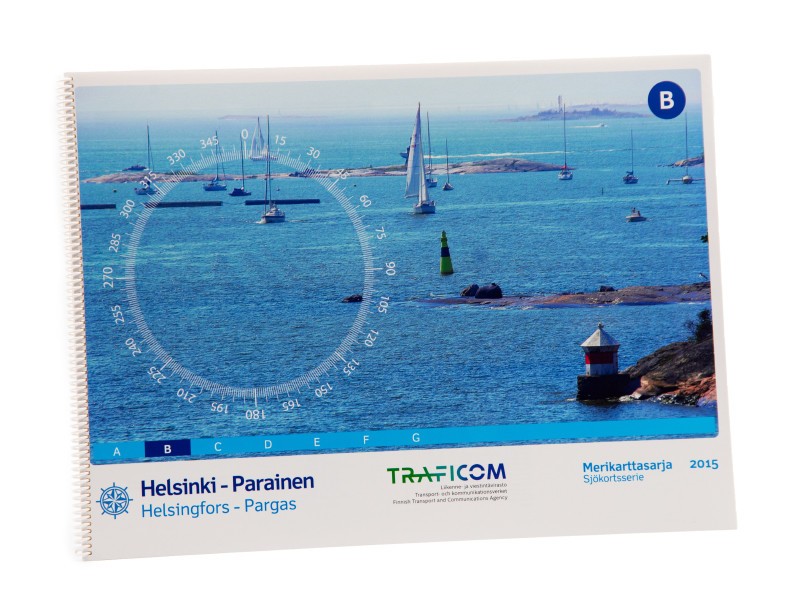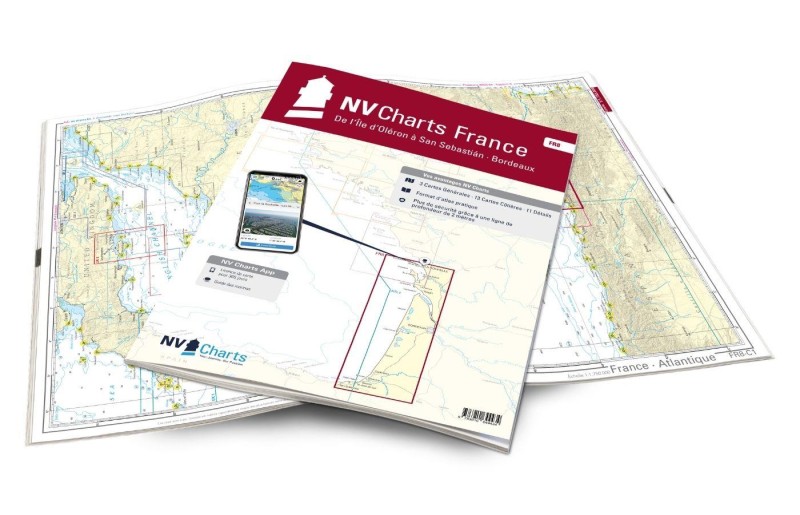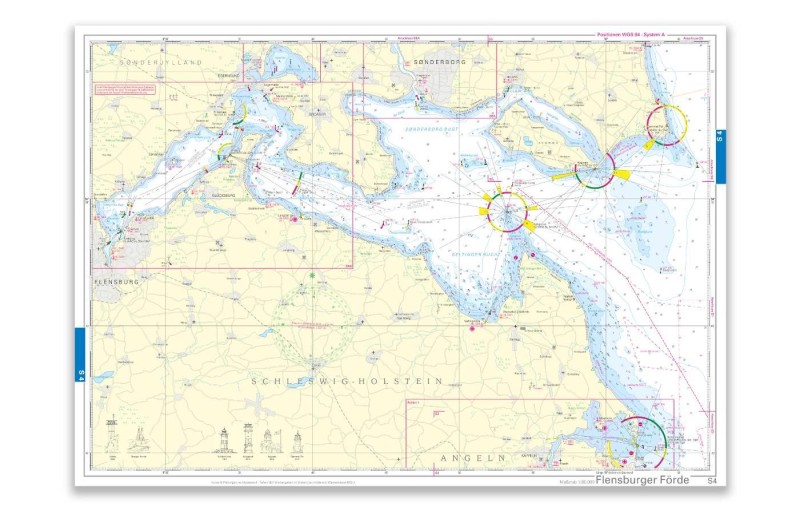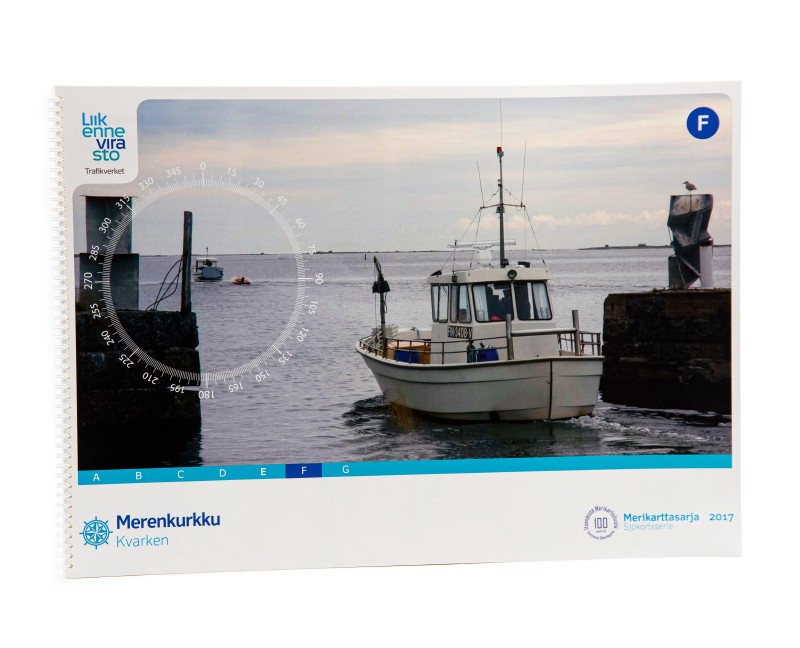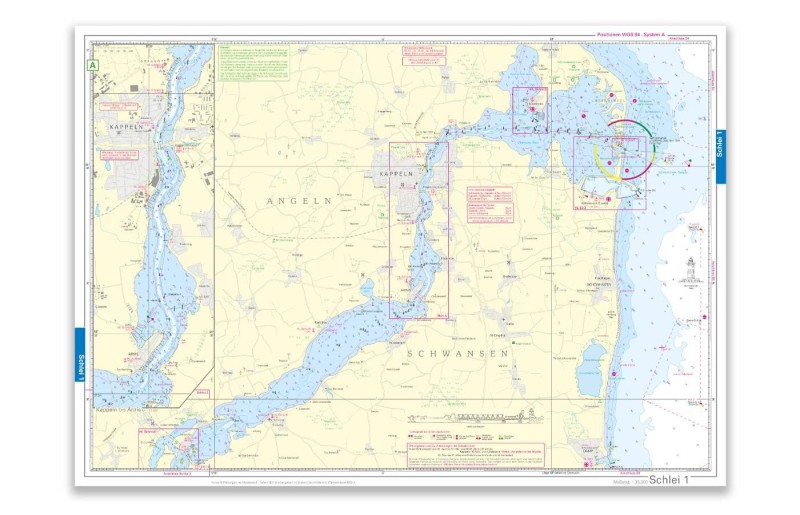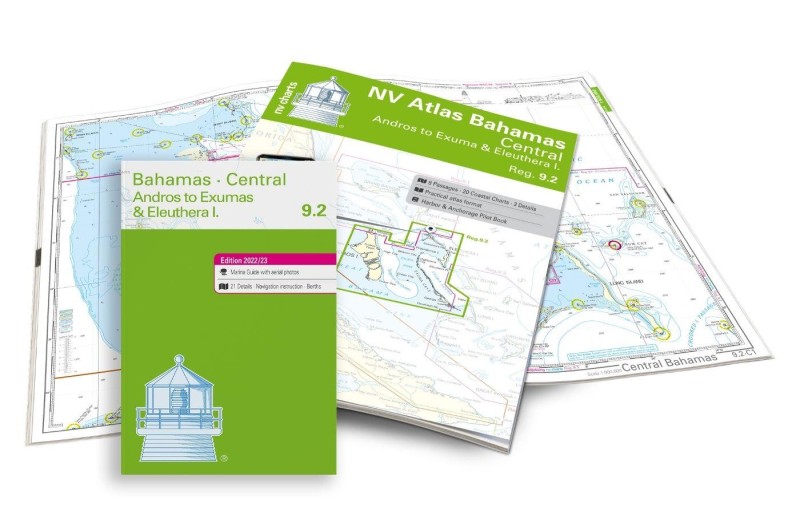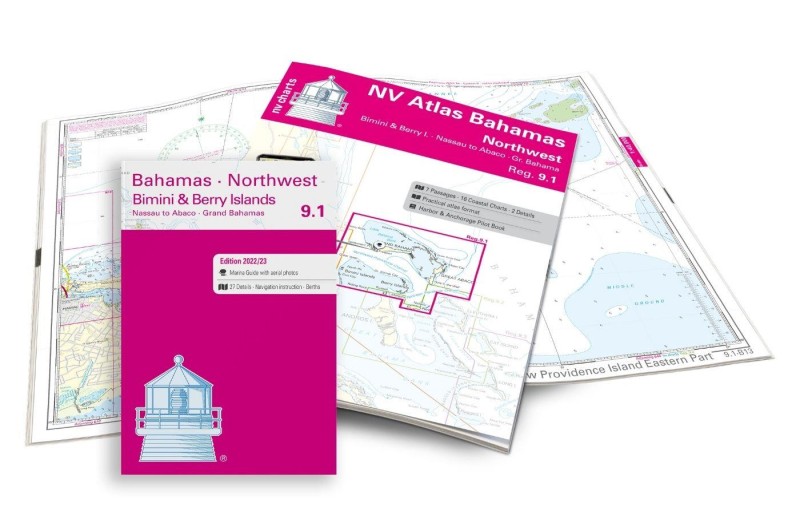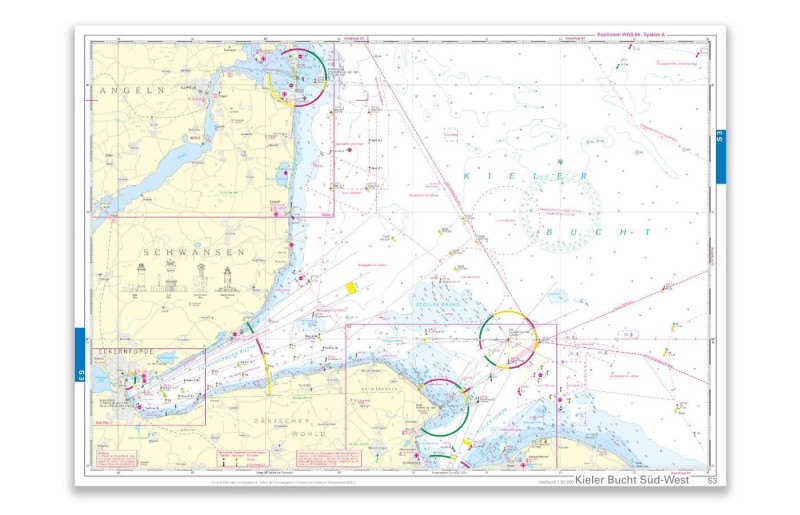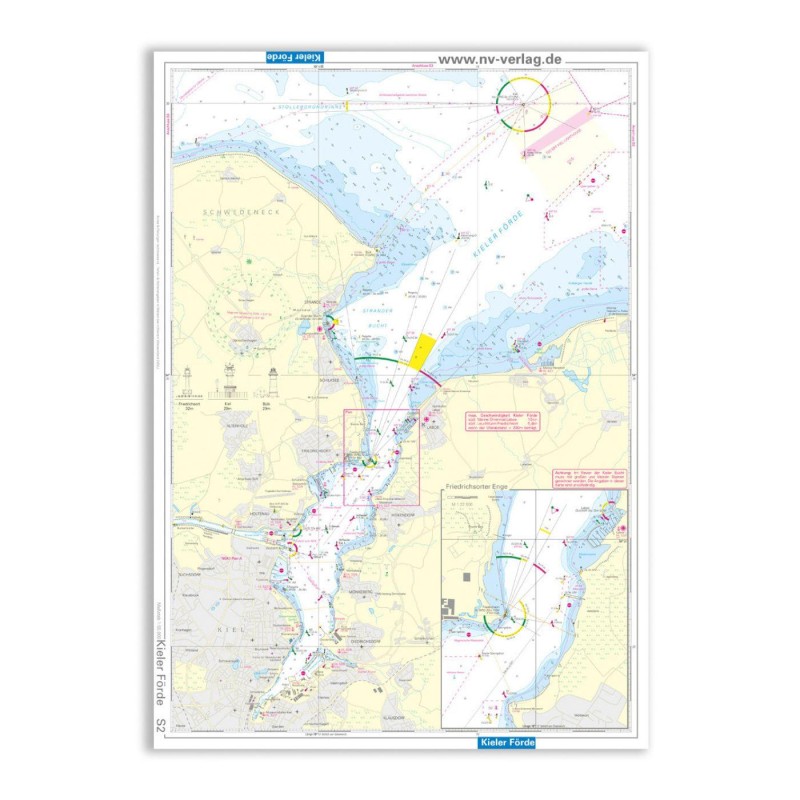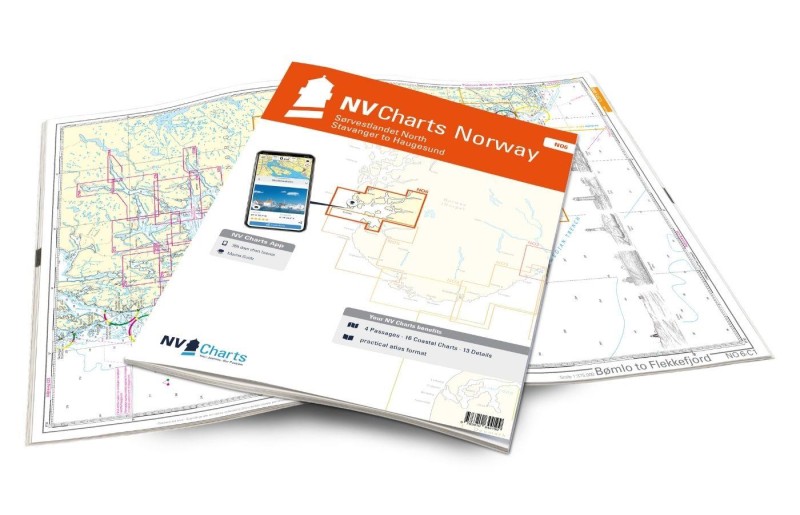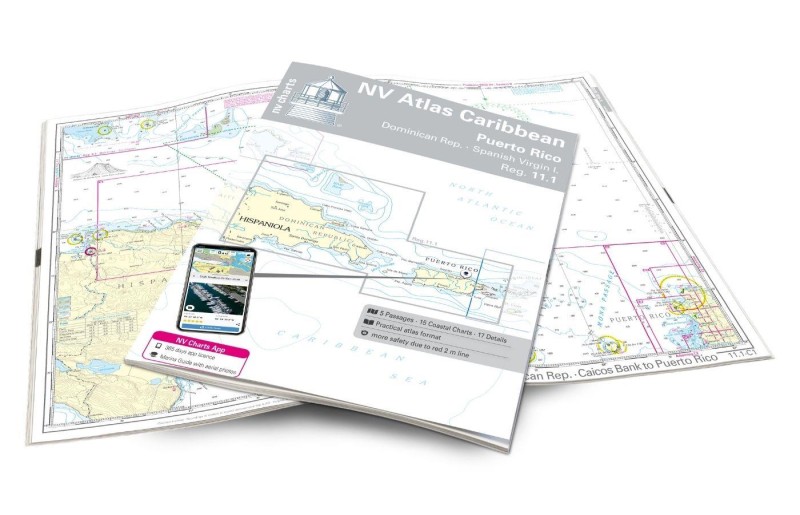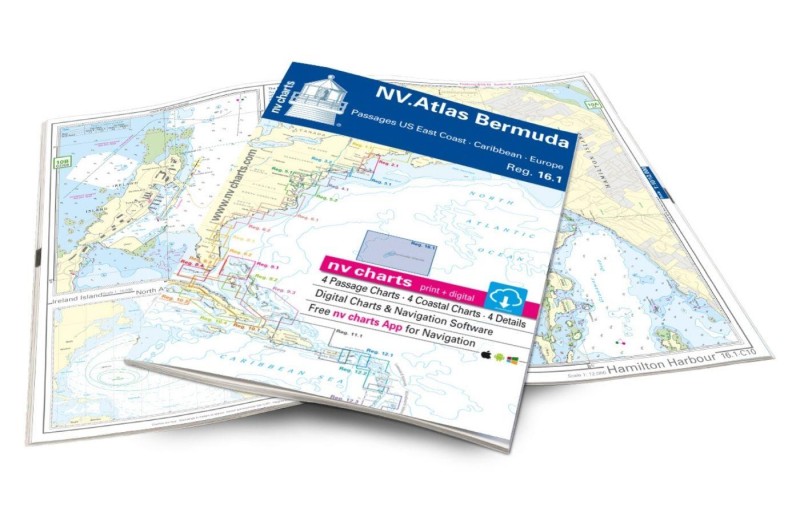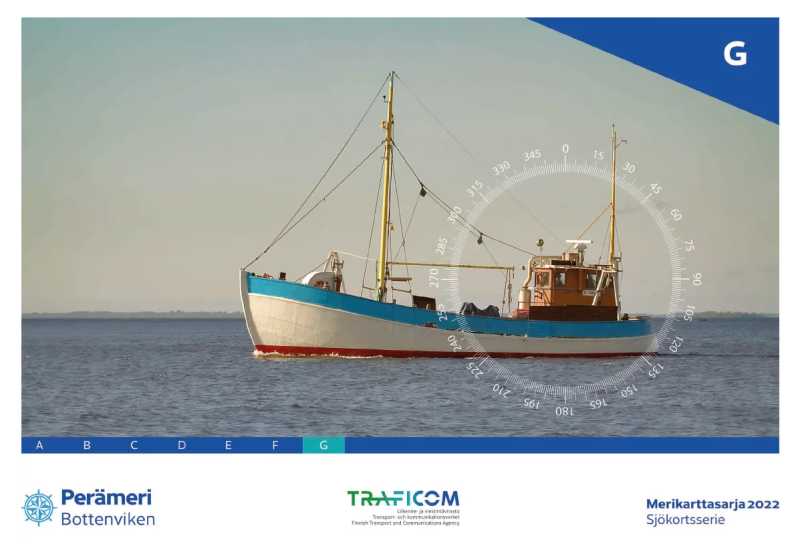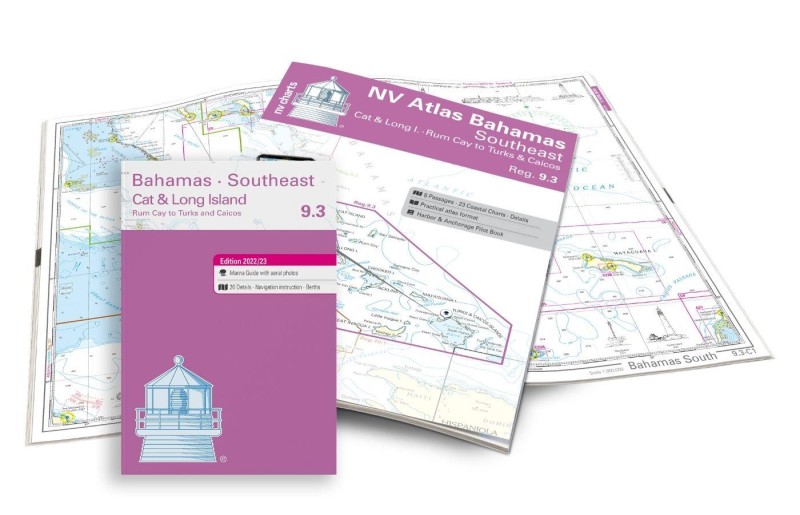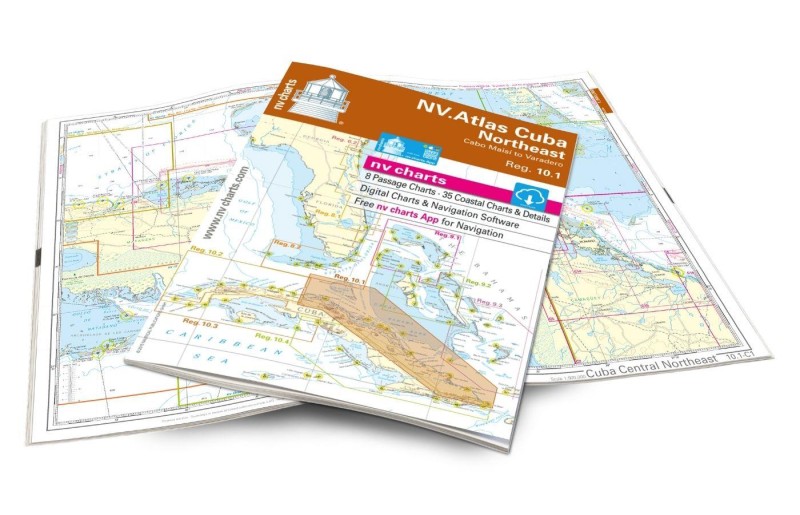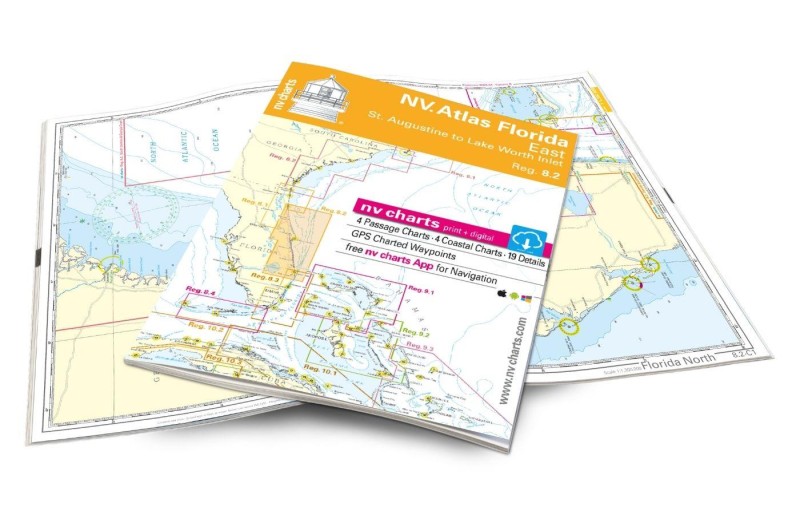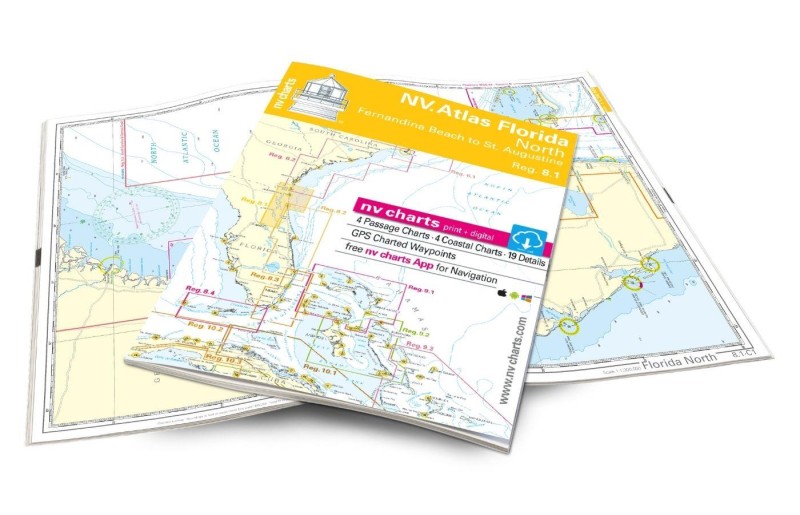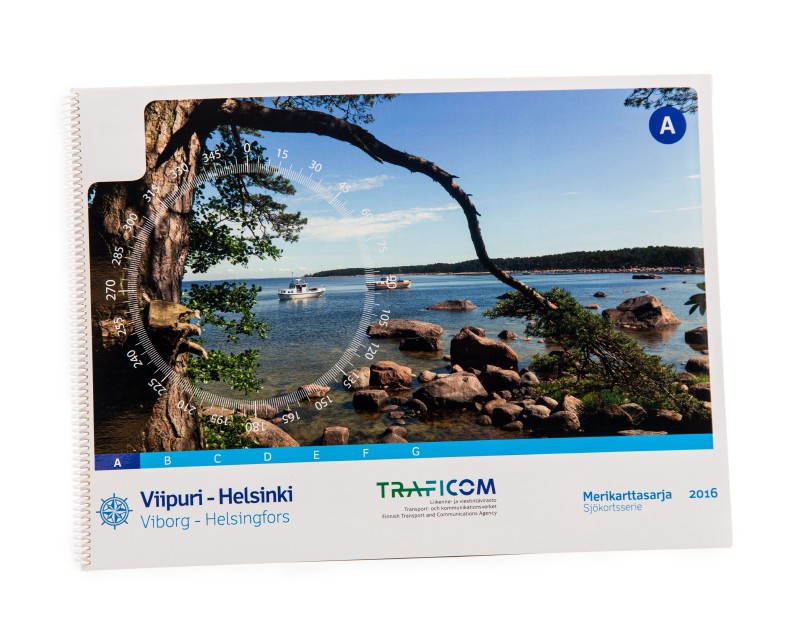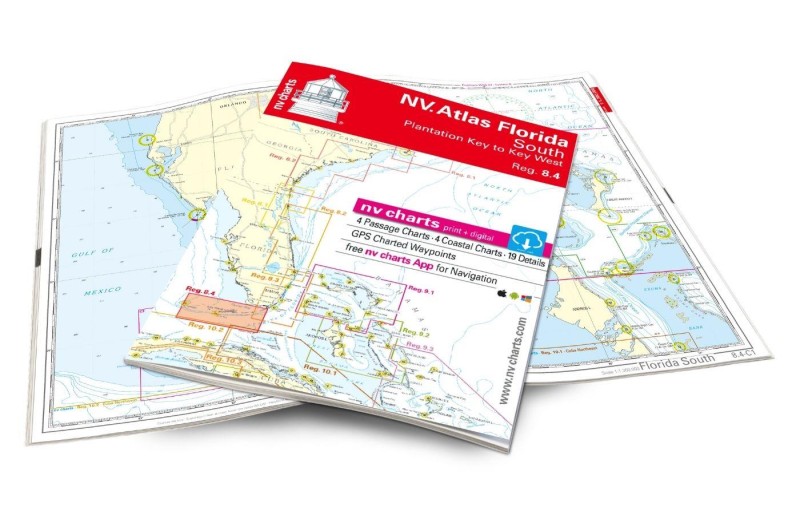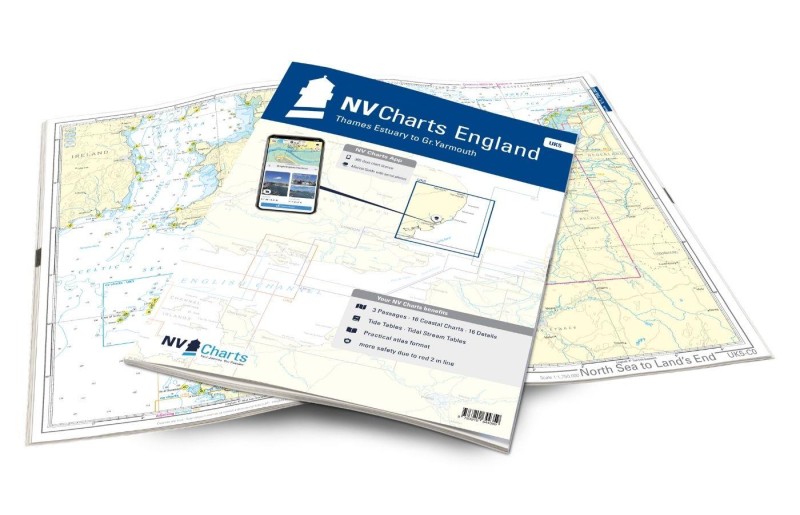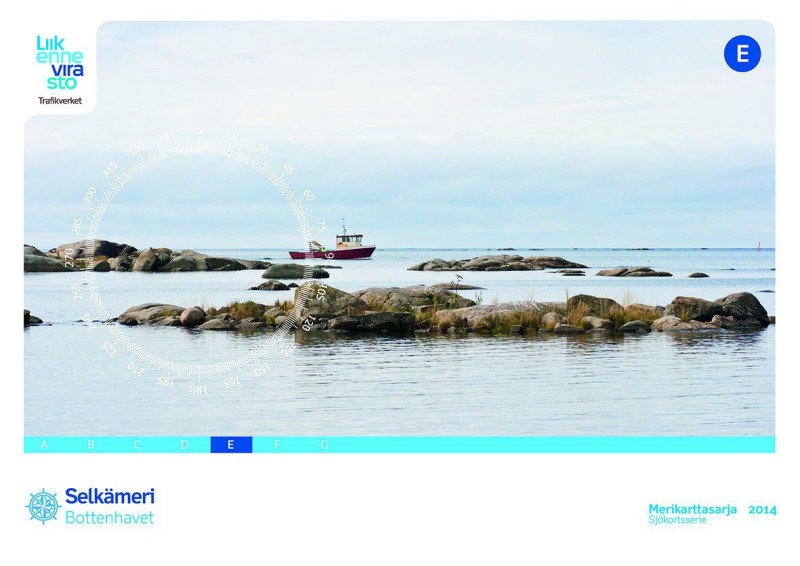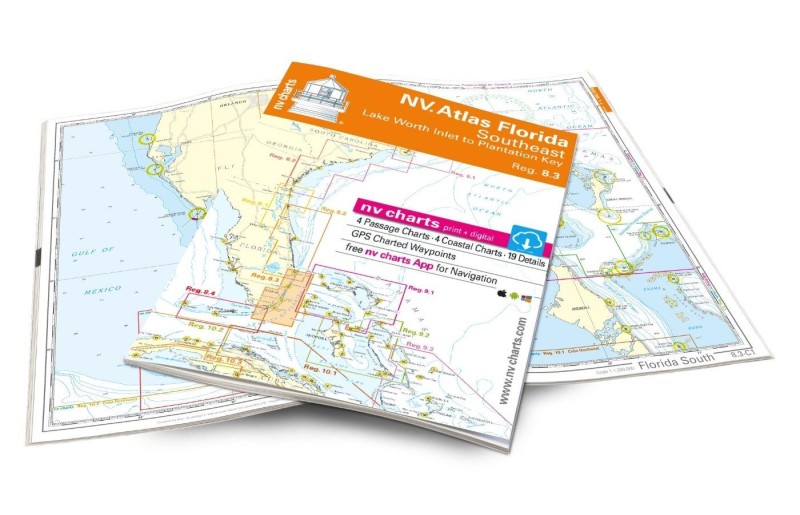Aarhus
Marina near Aarhus
Latitude
56° 9’ 58.6” NLongitude
10° 13’ 20.3” EDescription
Large fishing port and marina, 1.5 km from the center of Denmark's second largest city.
NV Cruising Guide
Navigation
Entering the well buoyed and lighted harbor is possible day and night without any problems. You can orient yourself by the "Isbjerget" houses on the waterfront promenade, which you leave on the port side. However, you should pay attention to the exit of the commercial harbor, as large and sometimes extremely fast ferries often turn here.
Berths
The marina on the south-eastern shore with approx. 500 berths only offers limited space for guest boats in free boxes, which are marked with green signs.
The berths belong to many different clubs, some of which have different billing methods and services. The overview can be found here:https://www.aarhuslystbaadehavn.dk
The prices and the scope of service and billing method offered in each case can be seen by clicking on the corresponding port area (see link above).
Harbour dues are usually paid cashless online via the port's website using a QR code, which is attached to each berth.
Three jetties in the south-western part belong to the Aarhus Motorbåd Club (AMK) and are subject to their own harbour dues payment; the machine is accessible in the clubhouse. The water depth is approx. 3 - 4m. Shore power, water and showers are charged at a flat rate.
A city harbor that only caters to guest moorings to a limited extent.
The large commercial harbor to the south of the marina is closed to pleasure craft.
Surroundings
The large city offers all services and supply options. In addition to the famous museum city "Den Gamle By", there are many other attractions here.
The good train connections can also be useful for crew changes.
NV Land Guide
Denmark's second largest city disproves two things: firstly, that Danish coziness can only be found in the provinces and secondly, that only the big European cities have a monopoly on culture. The charm of Aarhus lies precisely in the mixture of both - the rural influences and the flair of a big city. A good 240,000 inhabitants make this popular, cosmopolitan Jutland city the second largest in Denmark. "Den Gamle By" is the name of the attraction in Aarhus that puts every other sight in the shade. The "Old Village" or "Old Town" consists of 65 historic and characteristic half-timbered houses from all over Denmark. They were dismantled beam by beam and stone by stone elsewhere in the kingdom and reassembled in the Aarhus Open Air Museum after years of painstaking work. Everything that was necessary for a healthy community from the late Middle Ages to grandmother's time has been thought of: town houses, merchants' courtyards, stores, workshops, small industry, mills, a customs house, the post office, a theater...
The motto of a living museum is taken so literally here that a number of professions are practiced in the historic walls according to old tradition and in the clothes that were worn at the time. Visitors should feel as if they have been transported to an old Danish provincial town. If you want to know more about the old village in the town than the guidebook and brochures reveal, you should take a guided tour in German and ask at the museum office (see sketch). A guide by the author Henrik Nyrop-Christensen, translated into German by Ebba Jensen, provides detailed information about the sights and their history. Our map provides an overview of the location of the buildings.
The main building of the open-air museum is the Mayor's Court (1), which primarily documents the changing furnishing style of wealthy merchants in the period from 1600 to 1850. The courtyard should be saved as a special treat on the tour, especially as it is the furthest away from the museum entrances. The building is considered a characteristic residence of wealthy citizens from the province. The builder couple's name is inscribed in the architrave next to the Latin biblical quote "Unless the Lord God builds the house, men labor in vain."
Trade was carried out in the courtyard of the three-winged building - both retail and wholesale. Business was conducted in the junk store. An iron grille on the counter protected against thieves. The furniture in this small bourse comes from Assens and was made around 1800.
The blue chamber, the pyramid room, the alcove room, the pantry and the living room from 1790 are just some of the rooms that can be visited in the Bürgermeisterhof. Among the valuable pieces in the "hall" is a so-called giraffe grand piano, a special form of piano that came into fashion in Denmark around 1810. The porcelain cabinet in the drawing room from 1848 contains the visiting card and a lock of hair of the famous Danish sculptor Bertel Thorvaldsen. One of the fascinating pieces of furniture in the kitchen is the kitchen maid's pull-out bed disguised as a chest of drawers.
The fountain on the market square once served less as an ornament than as a drinking water supply. The water was brought to households in buckets.
We recommend starting your tour of the historic town at the entrance to E. Warmingsvej. Søndervoldgade and Vestergade are the first old town streets that take you back in time with a gardener's house (around 1800), historic greenhouses (31, 32 and 33) and the house of a candle maker and soap maker (34). Here, cattle or sheep tallow was boiled in large cauldrons and then poured into tin candle molds. The basic material for the soap was the same. The tallow was boiled with potash and salt.
The tobacco spinning mill (37) from around 1700 has an alleyway store, and in the workshops behind it you can observe the preparation of snuff and pipe tobacco. The pharmacy (25) opposite dates back to 1571, with furnishings from the 18th century. Here you can find everything from "mummy powder" to "English licorice". As a warning, a skull adorns the locked poison cabinet.
In house 29, you are confronted with the professional world of a bicycle mechanic in 1830. The development of the bicycle from a pure object of pleasure to a means of transportation is depicted. Opposite (35), craftsmen cultivate a now extinct profession that was once widespread: the cooperage trade. A masterpiece from 1849 hangs outside the door.
You can walk through the Aagade along the city pond to the Little Market (Lille Torv), where you can admire a watermill (45) from around 1850 and a turner's workshop (48).
If you climb the stairs at the Little Market, you can take a seat in a school - one from 1741, when teachers were still absolute authorities.
After visiting the Merchants' Court (50) in the building on the left, if you walk back to the Little Market and take the path through Toldbodgade, you can get an idea of how unpleasant it must have once been to visit the royal customs offices (51). All kinds of scales and control devices are on display. The fishing boat "Fylla" from 1888 (right next to it) stays true to the theme, as the customs officers were particularly interested in the boat people. Directly opposite, the latest products from a steam weaving mill and wool spinning mill - some with a seven-horsepower steam-powered loom - attract visitors.
"Across the pond", the stonemason's workshop, which was located in the immediate vicinity of the tannery (10), can already be recognized by the wooden crane. Tanning the hides was a lengthy process. After soaking in the stream, they were treated with lime in the stone-filled pits of the lime house. Then the last remnants of hair and fat were removed with a scraper and the often unevenly thick hide was split with a band knife. The lime was neutralized with chicken droppings. The leather was then treated with tanning agent obtained from oak bark. After drying, the leather was "shaped" and pressed, for example for shoe soles.
Old stamps can be seen in the Royal Post Office opposite (11). In the days of King Christian IV (1863-1906), letters were not only stamped and sent here, but bookings for stagecoach trips were also taken and messages were sent by cable in the telegraph office.
After you have bought a saddle for your horse in the first building in Havbogade, you can get saddle-ready again in the next building: in the brewery with a beer tap (8). The above-mentioned travel guide reveals the following about the production of beer: "From a small inn with a fireplace that heats the brewery's malt kiln, you enter the brewhouse through the office. The barley was soaked in a brick container in the courtyard, then taken to the malt house, spread out on the stone floor to germinate and dried in the malt kiln.
After the malt was crushed, it was mashed (i.e. mixed with water) in the straining vessel on the first floor, and the malt solution (mash) was then separated from the husks and pumped into the brewing kettles, where it was boiled with hops. After further straining, the mash was transferred to cooling vats and then to the fermentation vat in the cellar, where fermentation took place. After fermentation, the beer was filled into barrels for secondary fermentation. Drinking was mainly a man's business back then, while the "better half" might visit the glove maker (7) in Søndergade or buy a new costume on the other side of the street.
The textile collection (3) is worth more than a quick look, not to mention the wooden trestle mill (58) around the corner on the edge of town.
A wide variety of "bourgeois" trades have settled in the vicinity of the aforementioned Mayor's Court in Algade. Bookbinders, basket makers, bakers and hat makers are among them (16,17,19). There is also a dye works, a glazier's workshop from around 1730, a photographic studio and a printing works from 1833 (14 and 15), as well as a distillery (18). The apprentice's bed under the work table in the glazier's workshop illustrates the extremely close connection to the place of work.
One prop that was a natural part of the clothing was the hat, which was made as a handmade individual item in house number 19. The starting material for the hat felt was the hair of raw hides.
Watchmaking (20), a forge (21) and an attic house (22) lead back to the starting point of the tour - after a short detour to the spritzenhaus and the fulling mill (24).
However, you must not leave the site without taking a look at the theater (53). The building of "Den Gamle By", which is still in use today, once stood in Helsingør and was inaugurated on January 28, 1817 on the birthday of Her Majesty King Frederick VI. The theater is a bourgeois counterpart to the old court theaters. It provides the ideal setting for classical plays and concerts.
Romantic-minded people can even stroll through the cobbled streets of the "Old Town" at night. Only most of the houses are locked at night. In daylight, however, you should visit the botanical garden and the amphitheater just north of the "old town". In summer, the city of Aarhus organizes a free entertainment programme for children and adults every week. Subtropical plants from all over the world can be seen in the greenhouses. Admission is free, but only on weekdays from 1 to 3 pm.
Aarhus is more than "Den Gamle By" and "Botanisk Have". It is a university city, cathedral city, shopping city and cultural metropolis. The city center with pedestrian zone is located near the commercial port. The main shopping areas are Frederiksgade, Clemensstræde and Søndergade, where you can take a break from your stroll in one of the many restaurants and cafés. There are educational institutions to the north of Aarhus and an amusement park to the south. The center of the city, which is surrounded by a ring road, is the Great Market, on the east side of which stands the cathedral. The church, dedicated to St. Clement, is the longest in the Kingdom of Denmark with its 93-metre-long nave. It was built around 1300 as a Romanesque basilica and converted into a Gothic cathedral around 1400. The showpiece inside is the winged altar by the Lübeck master Bernd Notke, which consists of an incredible number of carved figures. The monument in front of the cathedral depicts Christian X.
When a small church chamber was accidentally found under the choir of the Frauenkirche at Klostertorvet in 1955, it was a scientific sensation. It was a small tufa church. It was built in 1060, making it the oldest church in the city. After careful restoration, this oldest vaulted stone church in the north now stands as a church within a church - a sight worth seeing.
In the immediate vicinity of the cathedral, at St. Clemens Torv (market square), the Viking Museum is well worth a visit. During excavations in the 1960s, the remains of a semi-circular rampart were found under the current Handelsbank building, which the Vikings used 1000 years ago to protect their community of craftsmen, sailors and traders from attacks. A miniature model of the rampart is on display in the small museum in the basement of the bank.
Among the city's other museums, the Museum of the History of Science (Observatorievej 3), the Women's Museum near the cathedral and the Museum of the History of Medicine (University Park, Nørrebrogade 41) are worth a visit. The former shows the development of mathematics, physics, astronomy and chemistry from ancient times to the present day. The Women's Museum is specifically dedicated to the lives of women in the 20th century and exhibits works of art by women, among other things. Art is the only focus of the museum on Sabroes Plads. The classical art collection is considered to be the oldest and most valuable in Denmark - with the exception of Korpenhagen. Contemporary art is also presented in special exhibitions.
In the Natural History Museum in University Park, exhibitions provide vivid information about the origin of life and the development of nature from the Ice Age to the present day. The Occupation Museum at Domkirkepladsen 5 is dedicated to the period from 1940-45 and is only open at weekends.
A visit to the ARoS Aarhus Art Museum (Aros Allé 2), located in the city center between the town hall, courthouse and music house, is well worthwhile. It was opened in 2004 and is one of the largest art museums of its kind in Northern Europe. It houses an extensive collection of modern and contemporary art, as well as works from the "golden age" and the Skagen painters. Current exhibitions are also on display. The architecture of the museum alone is worth seeing, and a tour of the colored glass walkway on the roof offers views of the city districts and, depending on the time of day, an interesting play of colors.
The city's marble-clad town hall is hidden behind the tall linden trees of a park. What makes it special is not so much the building itself, but the opportunity to climb the 60-metre-high town hall tower and enjoy a unique view over the city (on weekdays at 12 noon and 2 pm in summer). The famous pig fountain by Mogens Bøggild stands on the square in front of the town hall.
Aarhus has a reputation as the Danish city of music par excellence. Visitors can choose between folk, jazz, blues, chamber concerts, musicals, church concerts and not forgetting the performances of the Aarhus Symphony Orchestra. Aarhus is home to the Danish National Opera, Den jyske Opera. The tourist office provides information about music events and art exhibitions. For music, the "Musikhuset Aarhus" is a good address, for art the "Kunstnernes Hus" in Saltholmsgade.
The old city district around the cathedral with its narrow streets and cozy restaurants is a popular destination for night owls. Numerous pubs and bars are close together here.
The "4 Årstider" at Vestergade 39 and the restaurant "Gammel Åbyhøj" at Bakealle 1 are considered gourmet palaces. Also recommended are the restaurant "Rene" at Frue Kirkeplads 1, "Ricks Cafe & Restaurant" at Rosengade 23, the "Shanghai" (Chinese) at Guldmedsgade 1 and the restaurant "Kashmir" at Vesterbrogade 36. The "Guldhornet" at Banegaards-plads 10 advertises with "well-crafted draught beer" and the "Café Mozart" with "live music every evening". 20 years is the minimum age requirement at the nightclub "Alexis".
If you have precise ideas about the restaurant and pub of your choice, the tourist office can give you tips. They also have information on bike rental. The wooded areas to the north and south of Aarhus are ideal for cycling and hiking. For example, a 17-kilometer hiking and cycling trail surrounds the nature reserve around Lake Brabrander to the west of Aarhus. Anyone sailing to Aarhus at the beginning of September has the opportunity to take part in the Aarhus Festival - a spectacle whose highlights include ballet performances, classical and pop concerts. An old-fashioned fair in the old town, children's parties, street theater and puppeteers enliven the festive days. A fun run, the Marselislauf, attracts more than 10,000 participants every year.
One kilometer west of the pleasure boat and fishing harbour begins the huge university campus of Aarhus, aptly named University Park. 13,000 students are enrolled here.
In the north of the "university city" is the Museum of Antiquities (entrance from Nordre Ringgade through the main university building). It contains antiquities from Greece, Rome, the Middle East and Egypt. There is also a large collection of coins and an extensive collection of casts of Greek and Roman sculptures.
The headland, characterized by modern architecture with the so-called iceberg houses, which were awarded an architecture prize in 2016, is also well worth seeing.
Depending on the angle of view, there are always new, worthwhile motifs for photographers here. Another new feature is the spacious seaside resort not far from the marina.
This is not the end of the long list of sights in Aarhus. The "continuation" follows in Marselisborg, as the distances to the other destinations are shortest from there.
Marina Information
| Max Depth | 4 m |
Contact
| Phone | +45 2920 9011 |
| Please enable Javascript to read | |
| Website | https://www.aarhuslystbaadehavn.dk |
Surroundings
Electricity
Water
Toilet
Shower
Restaurant
Imbiss
Crane
Atm
Internet
Diesel
Grocery
Boatyard
Ramp
Public Transport
Bikerental
Garbage
Sewage
Comments
You can add comments with the NV Charts App (Windows - iOS - Android - Mac OSX).
You can download the current version at nvcharts.com/app.
Buy nv charts covering this place Clicking one of the products will open the nv charts shop.
Places nearby
Related Regions
This location is included in the following regions of the BoatView harbour guide:
